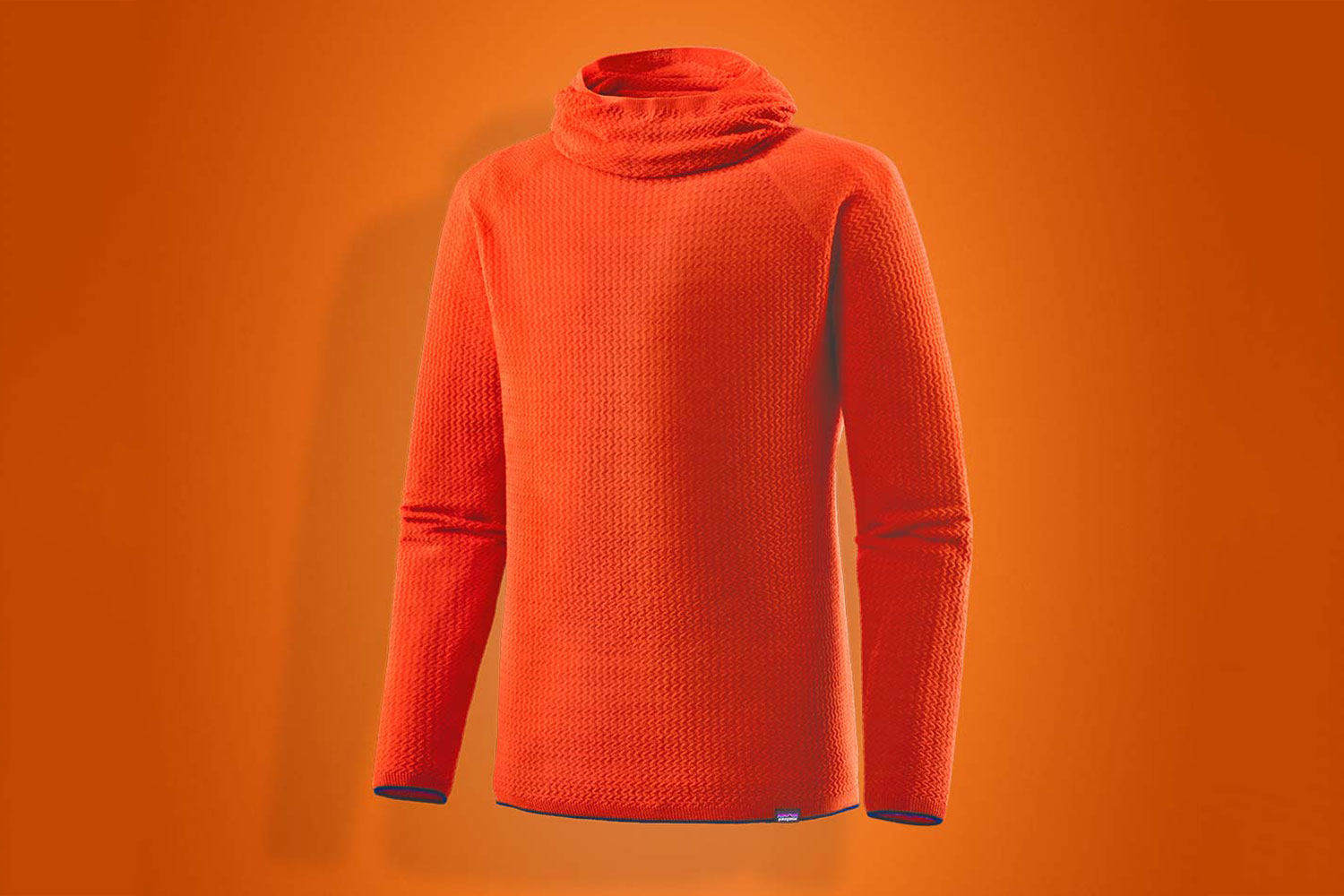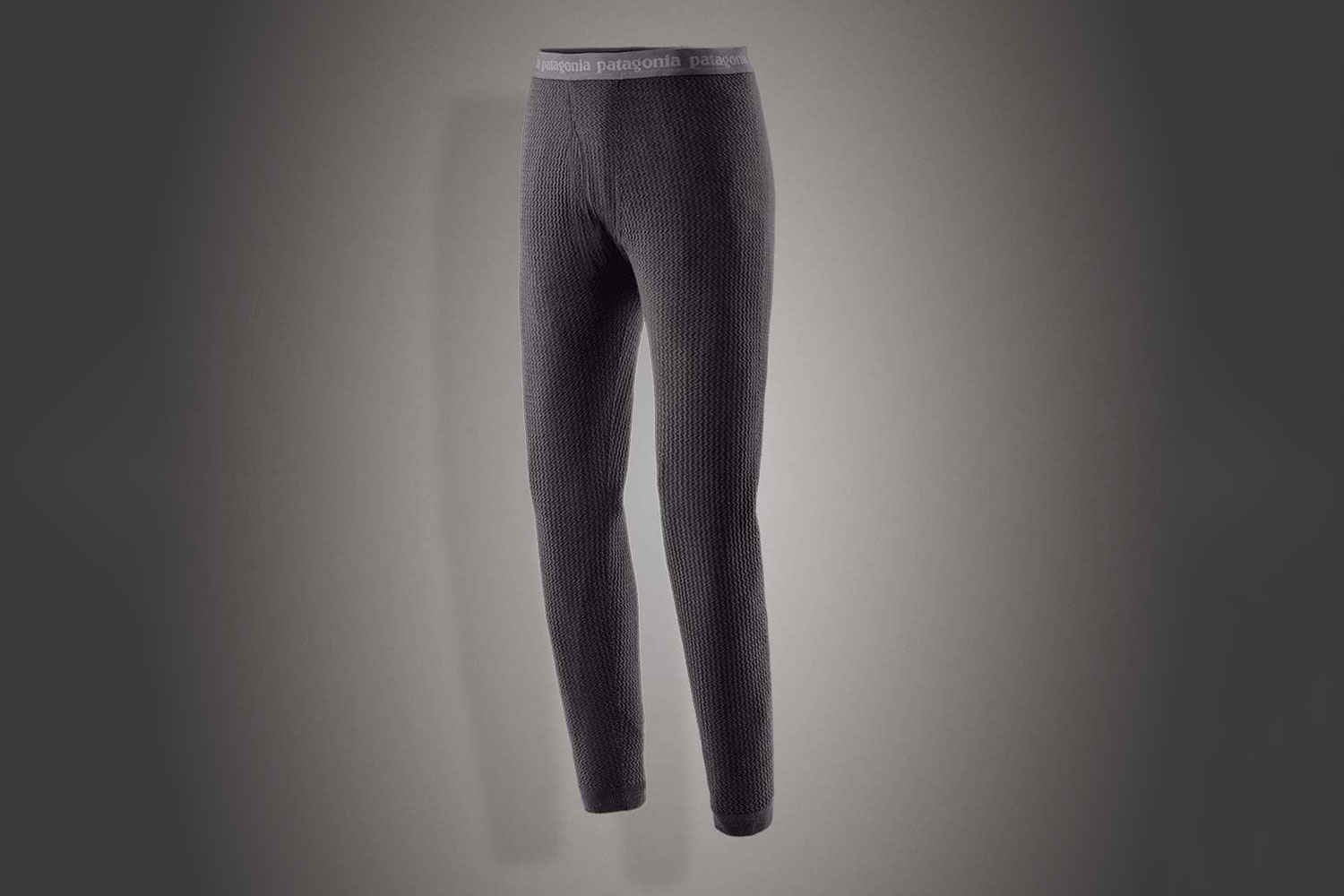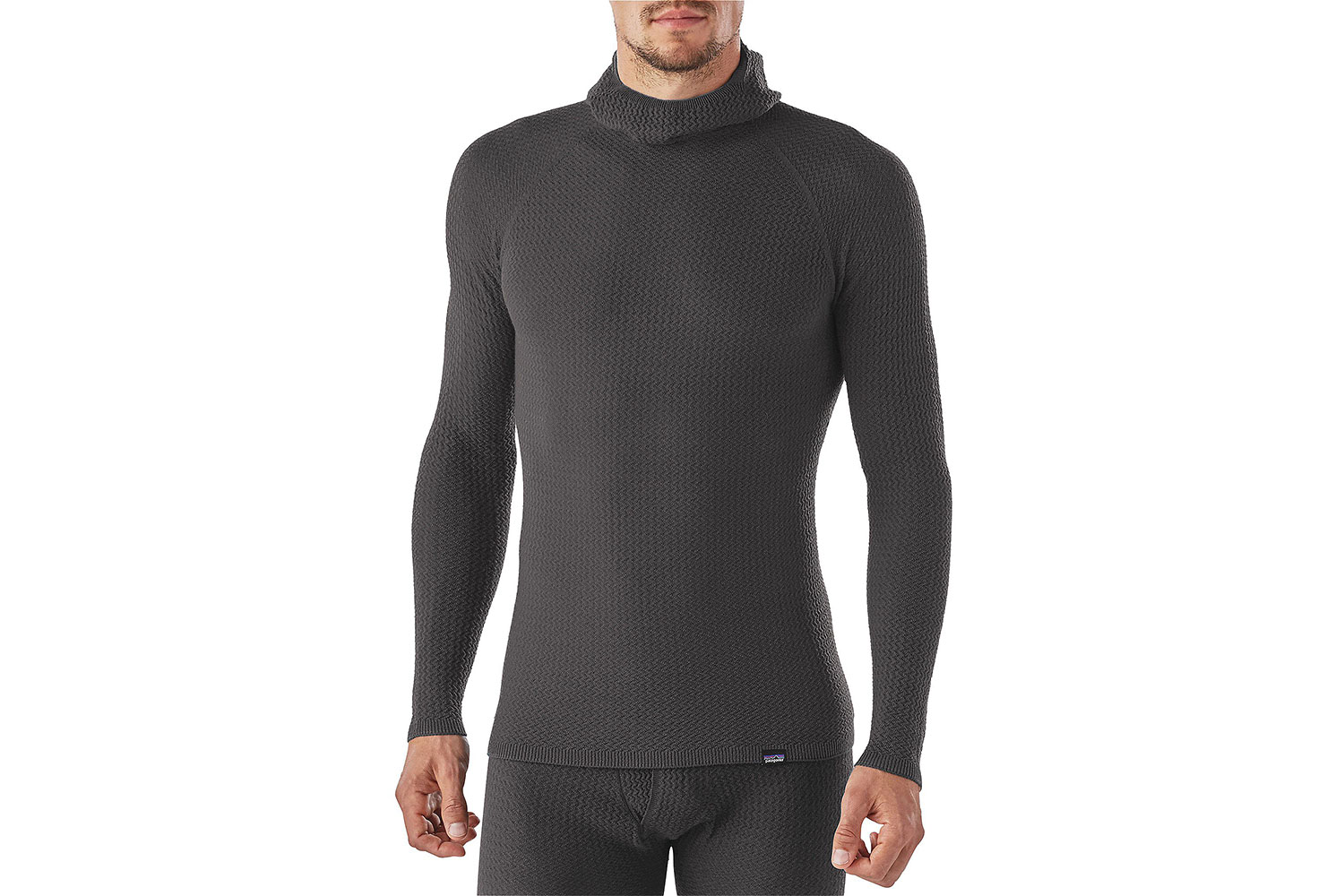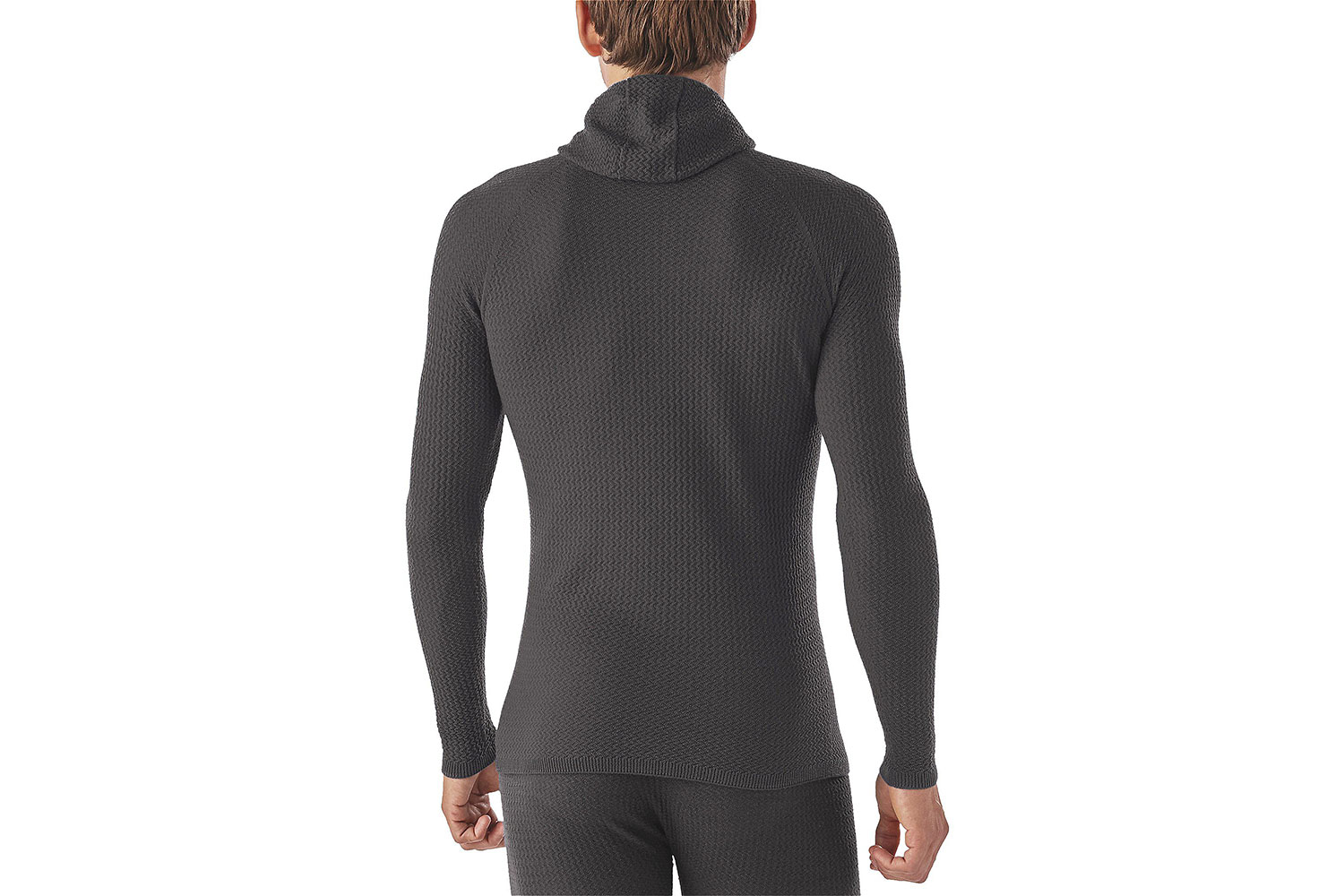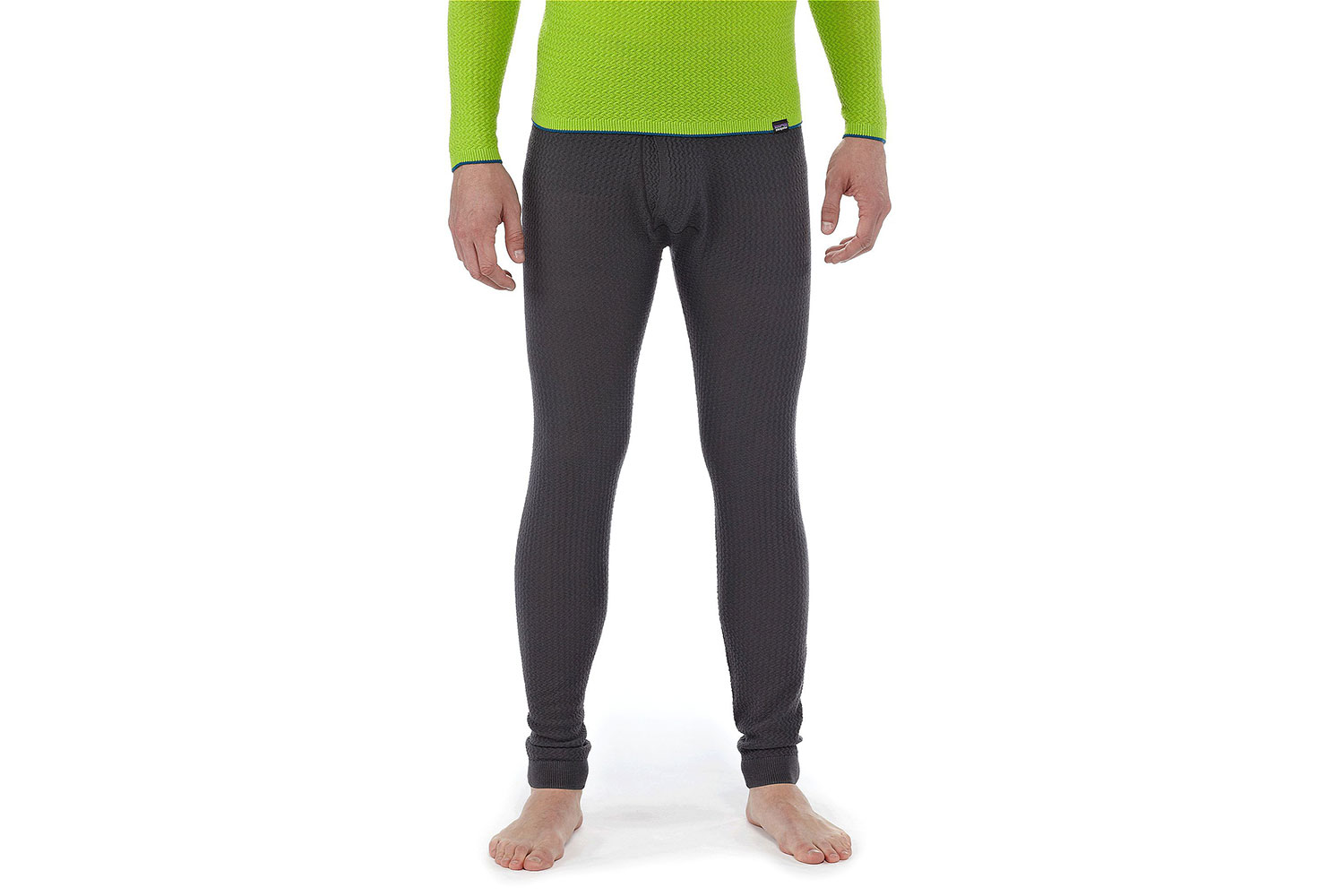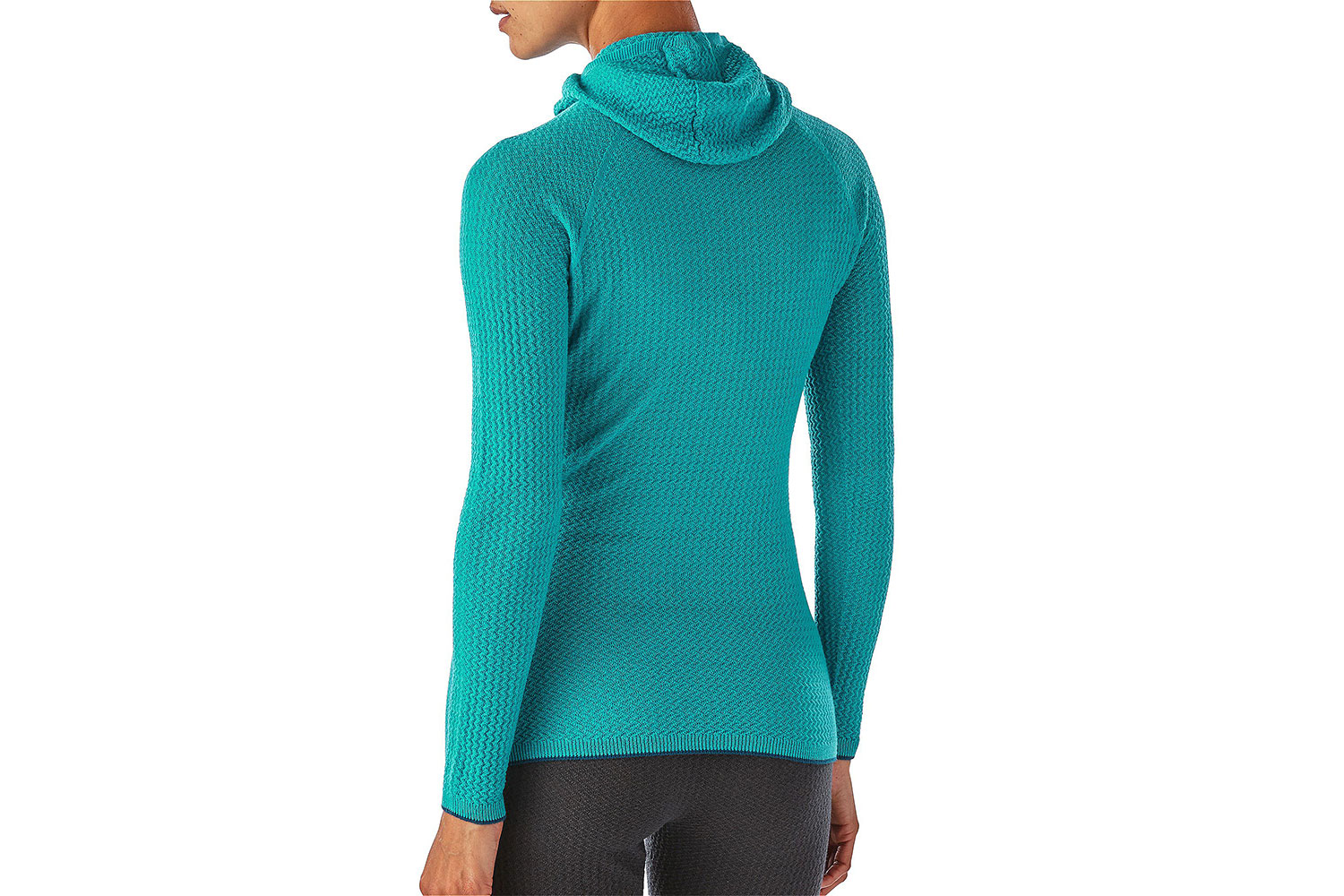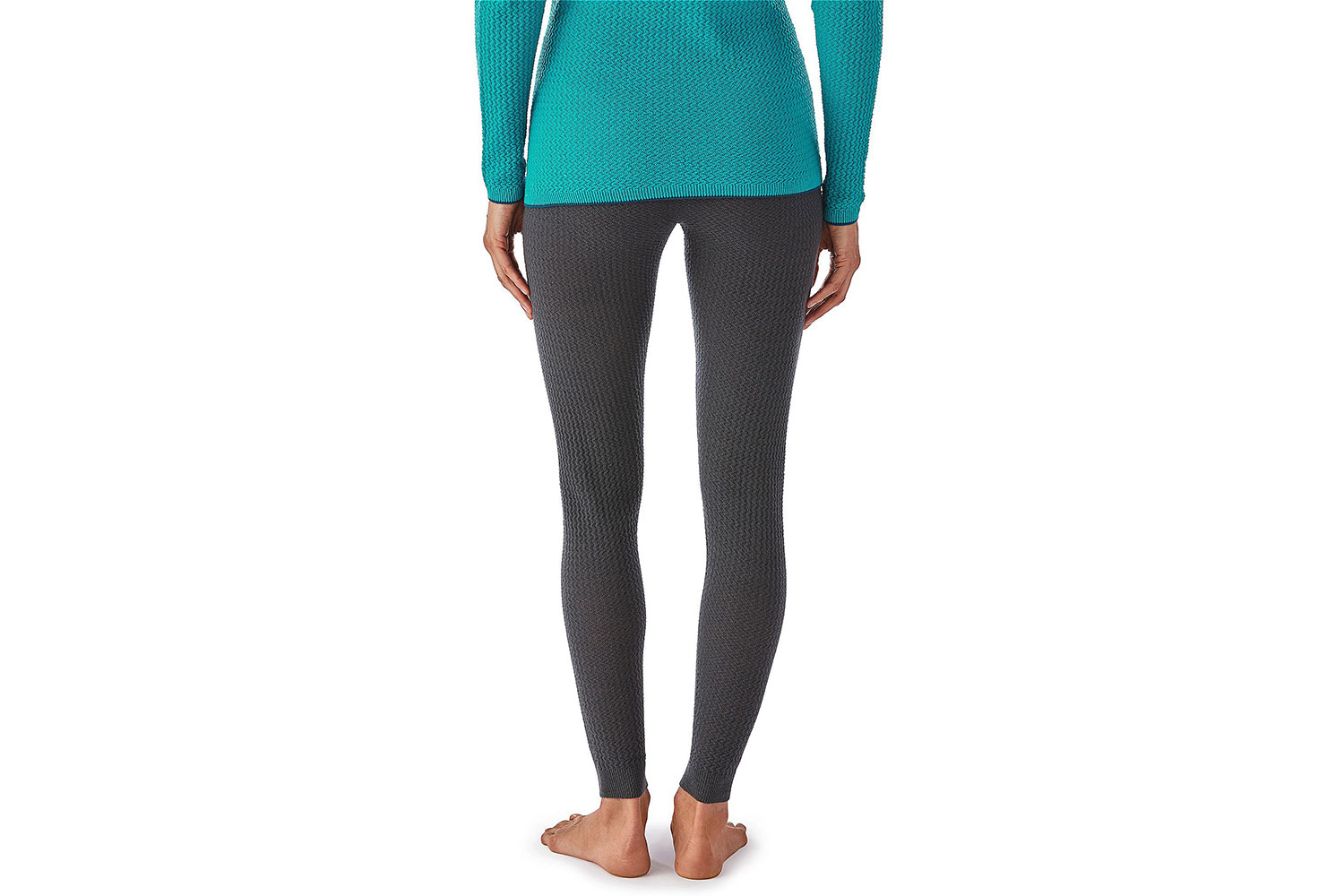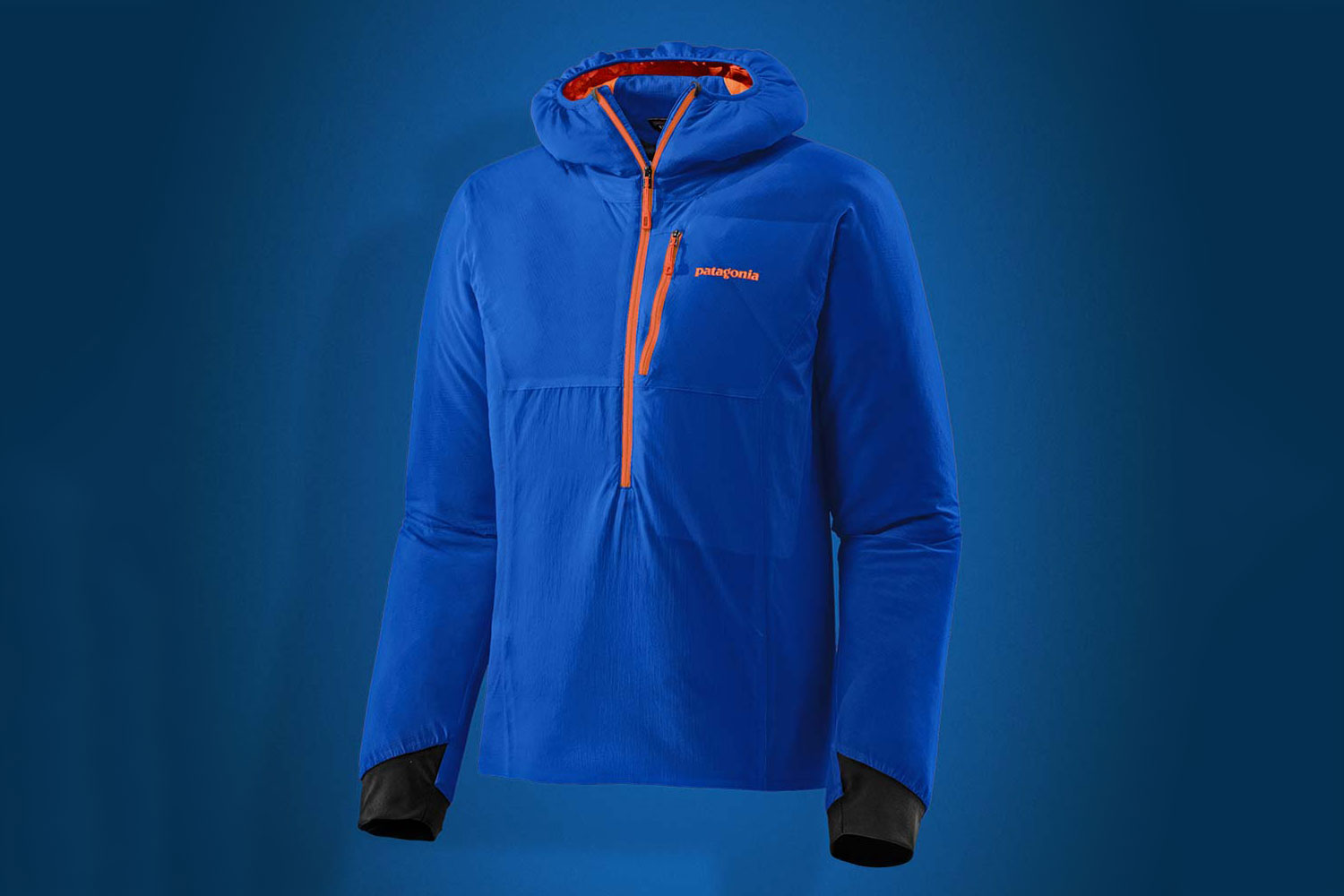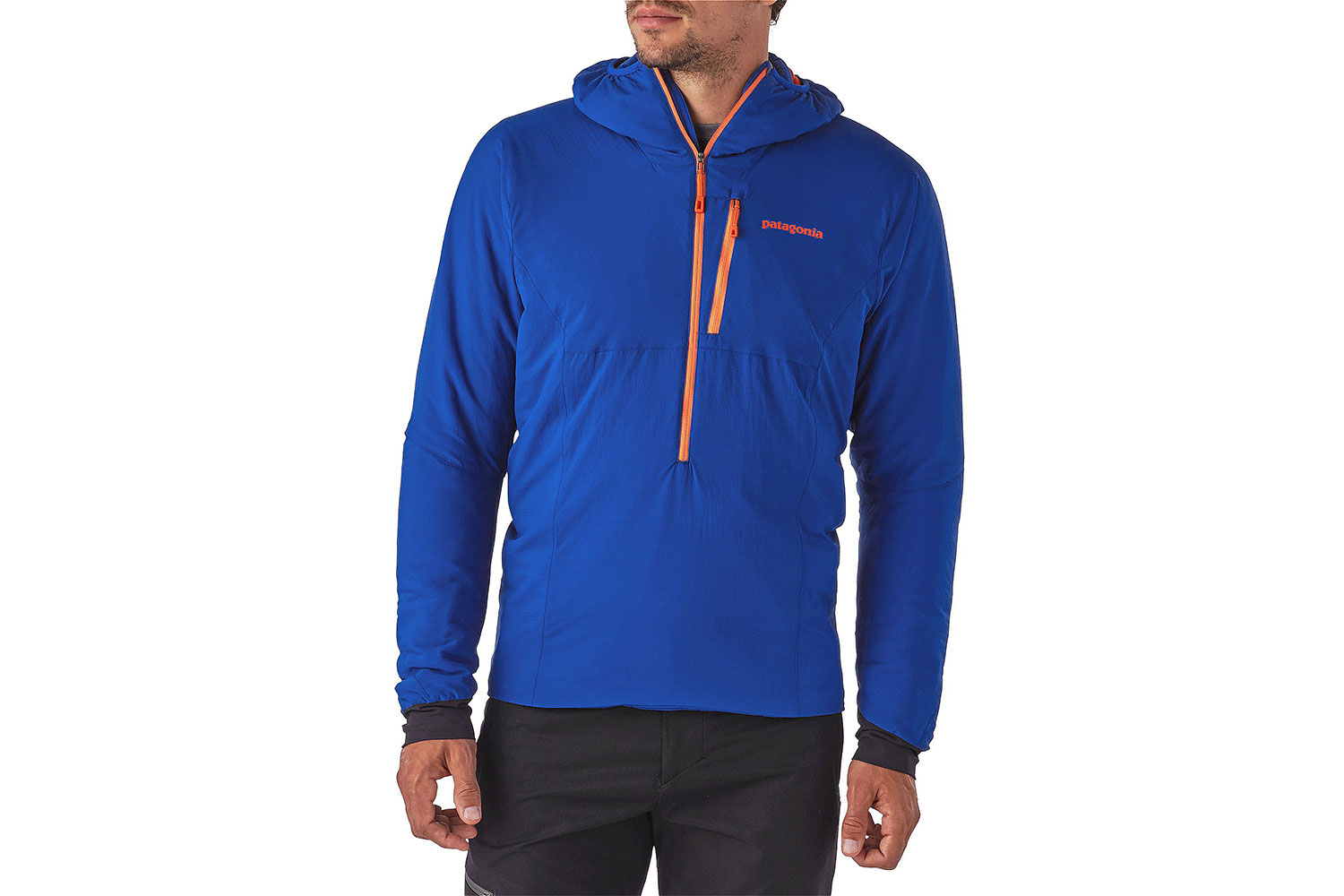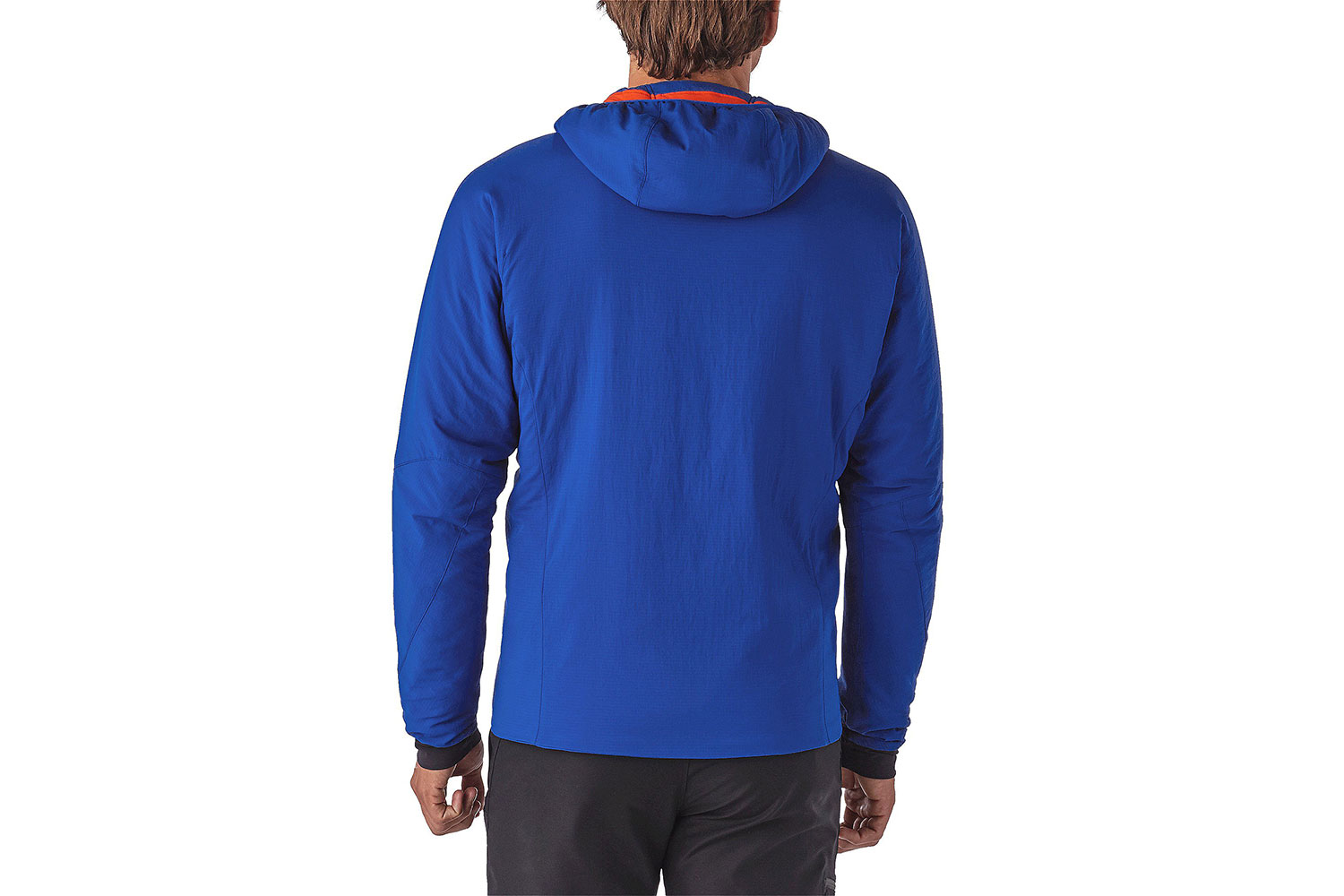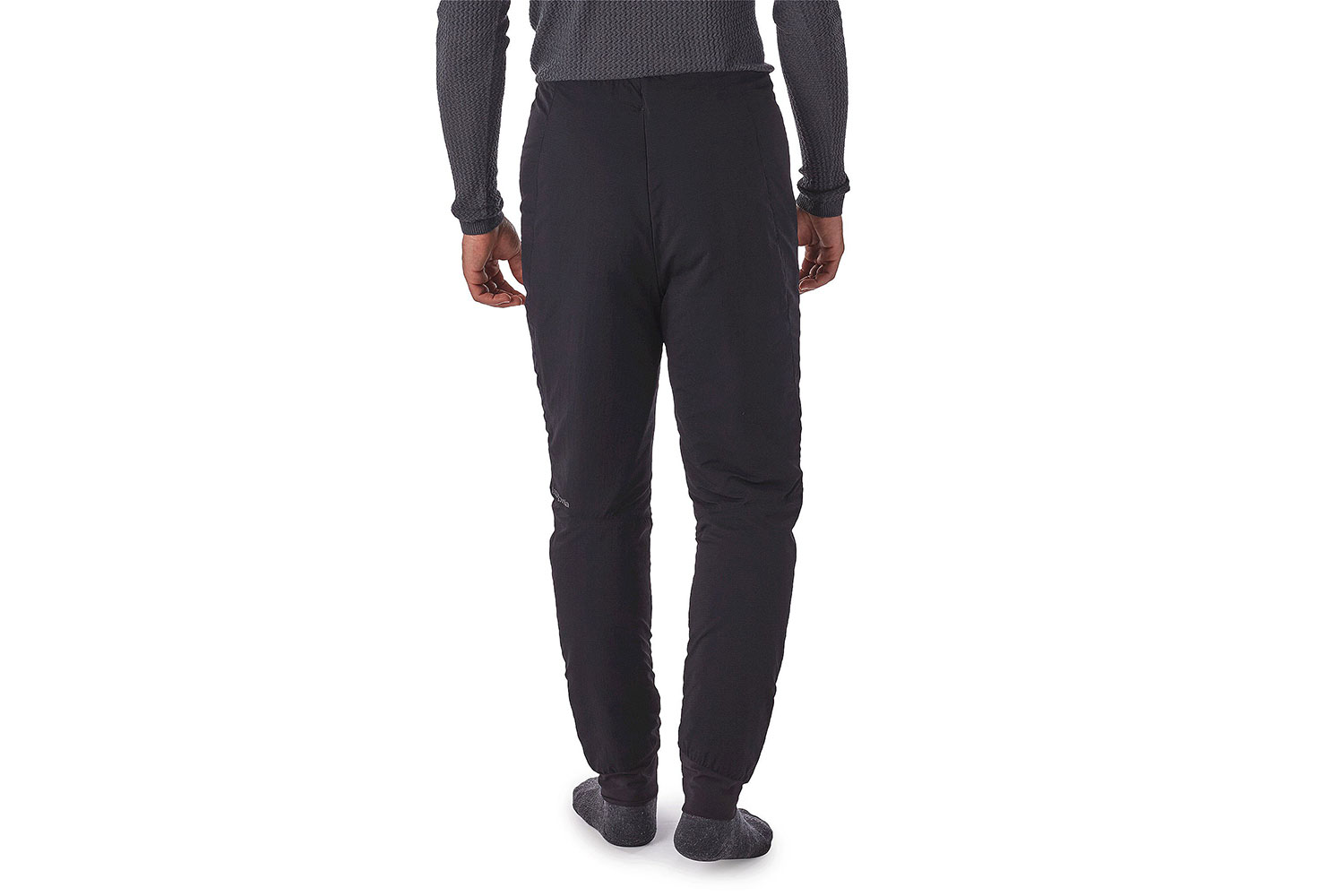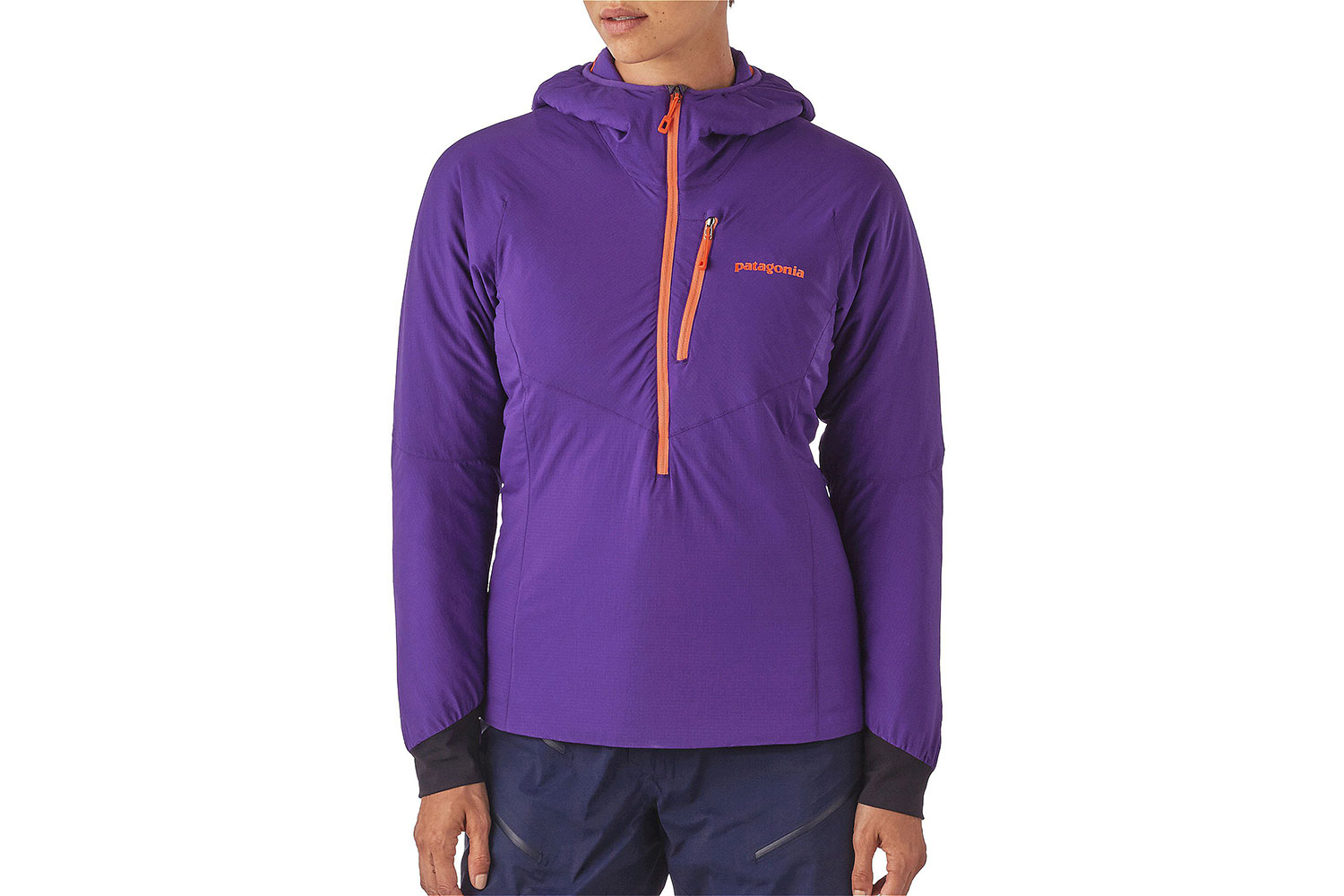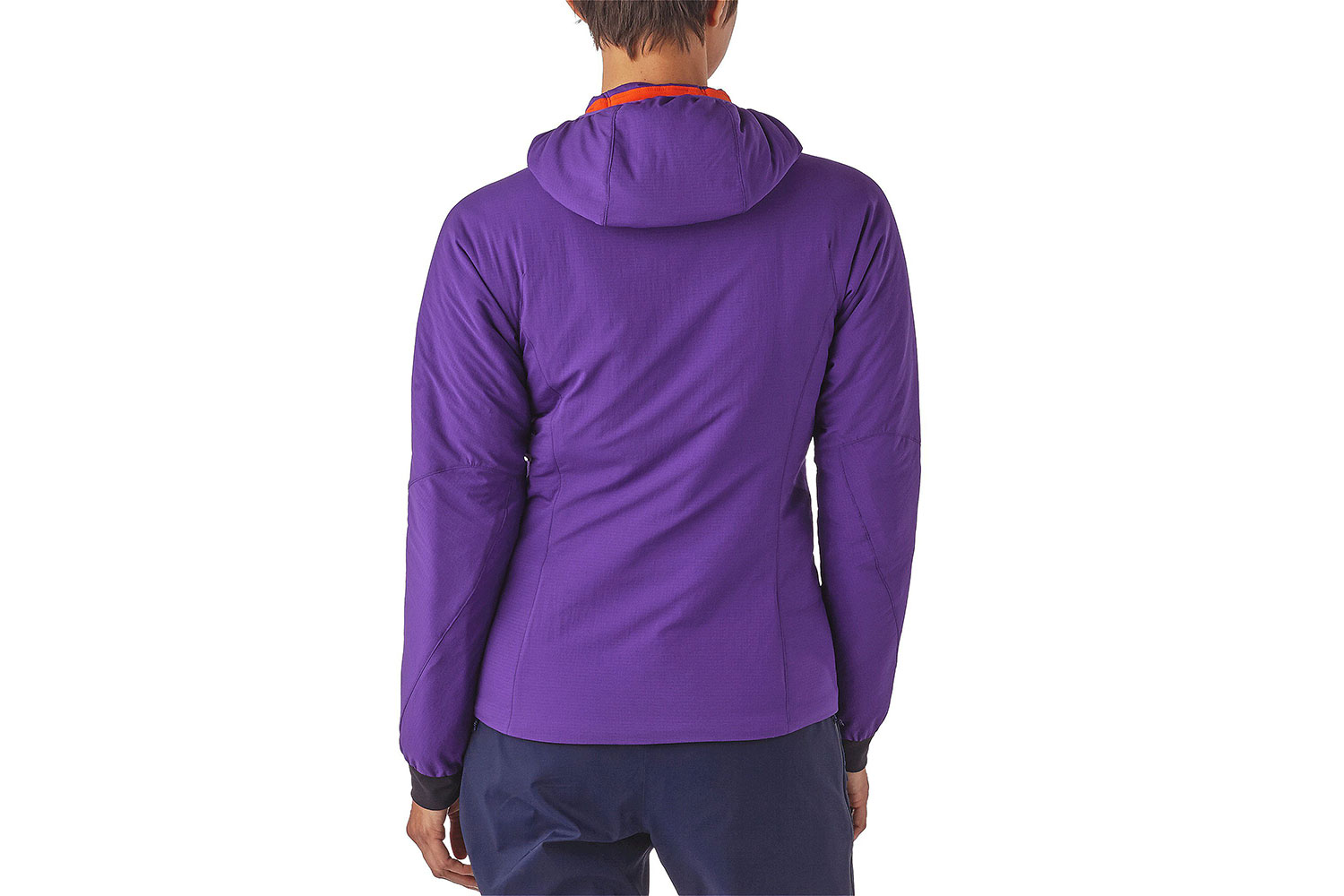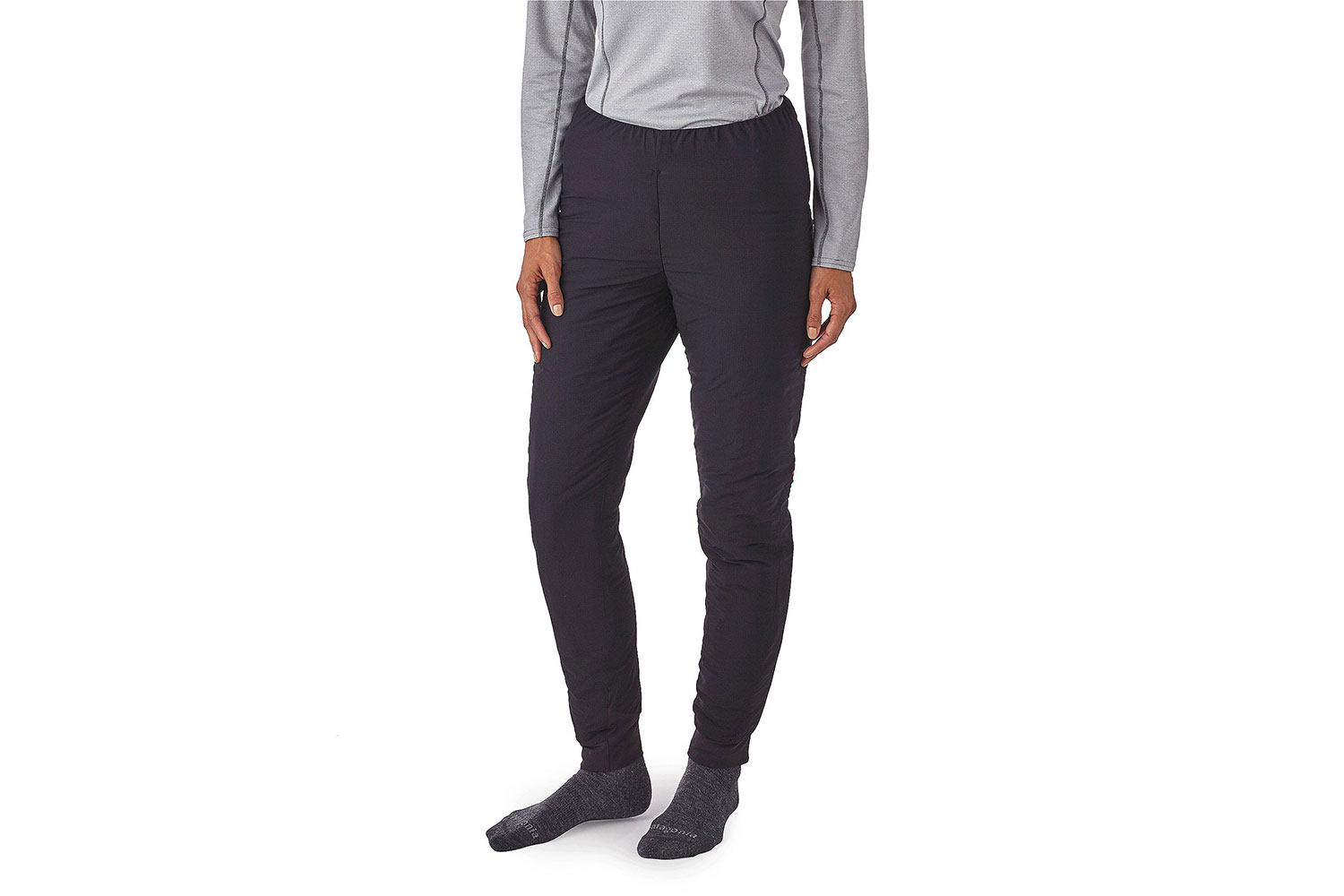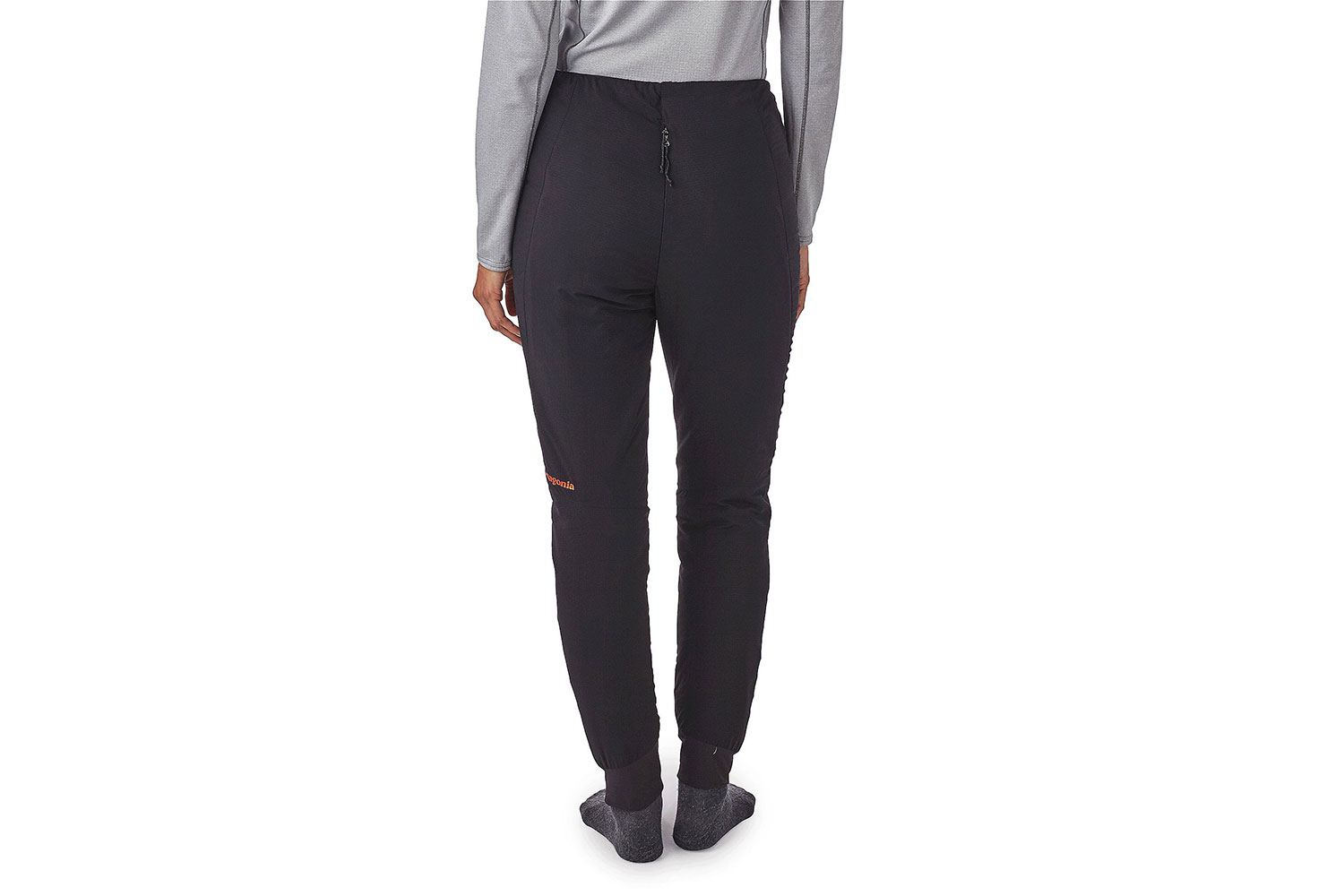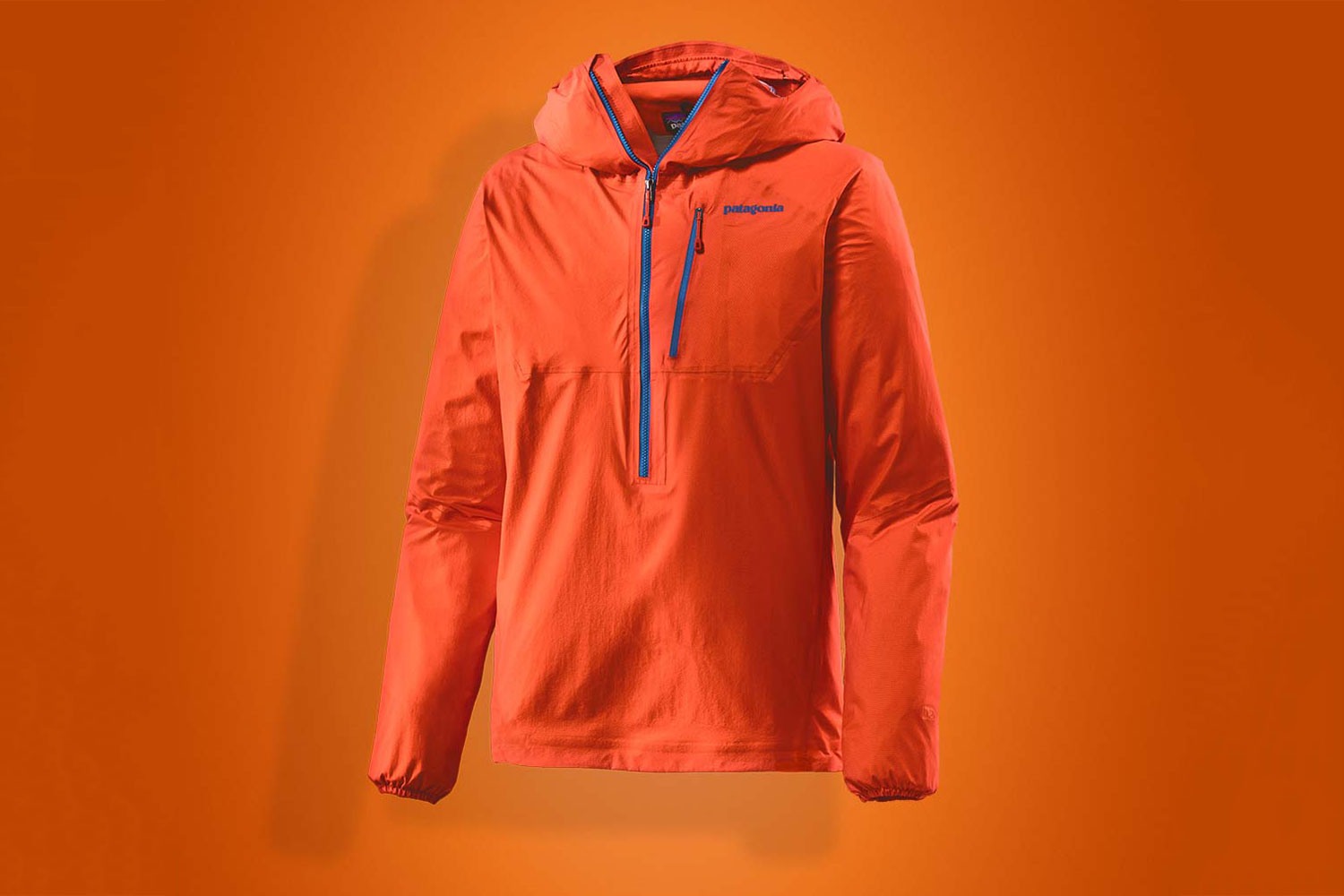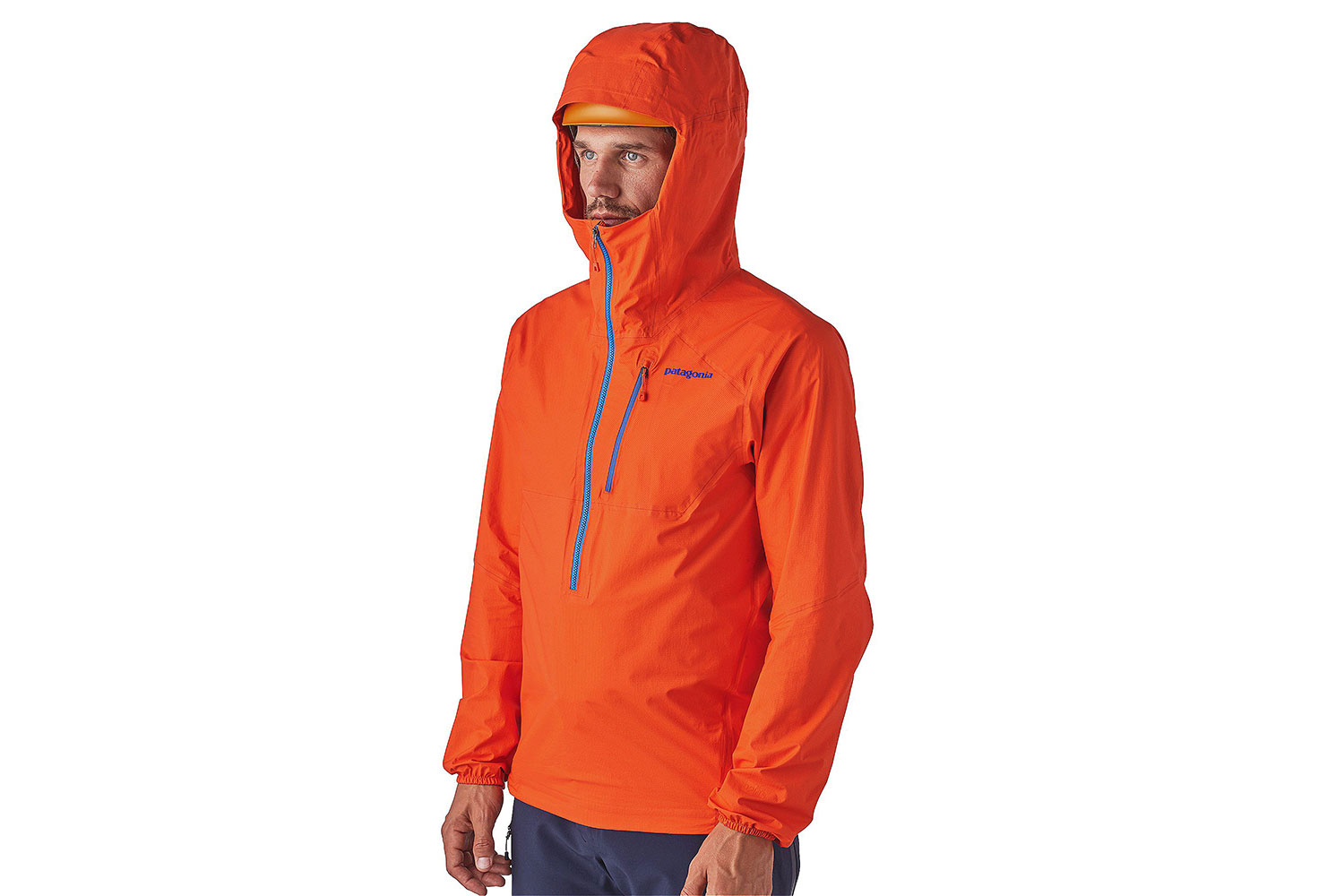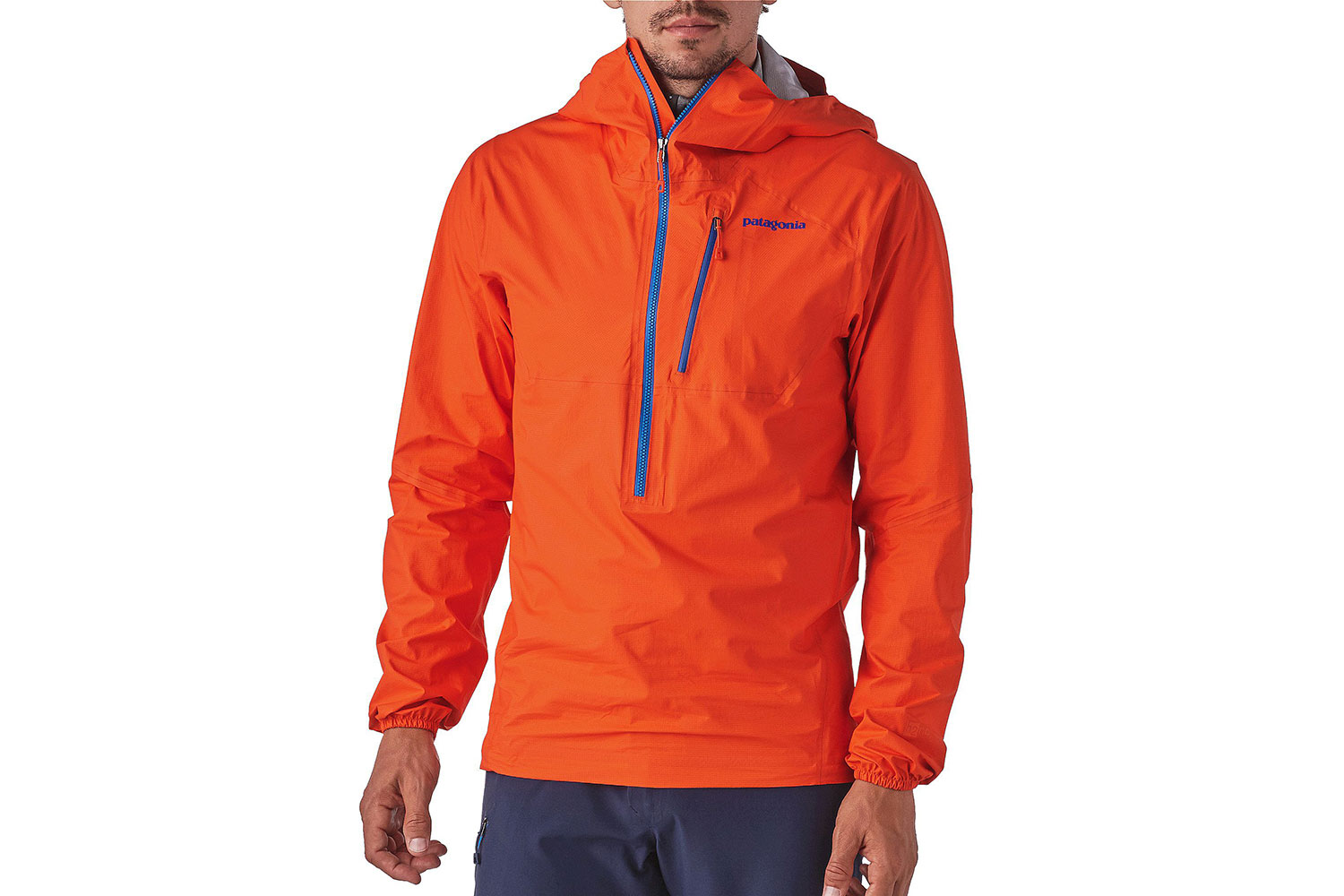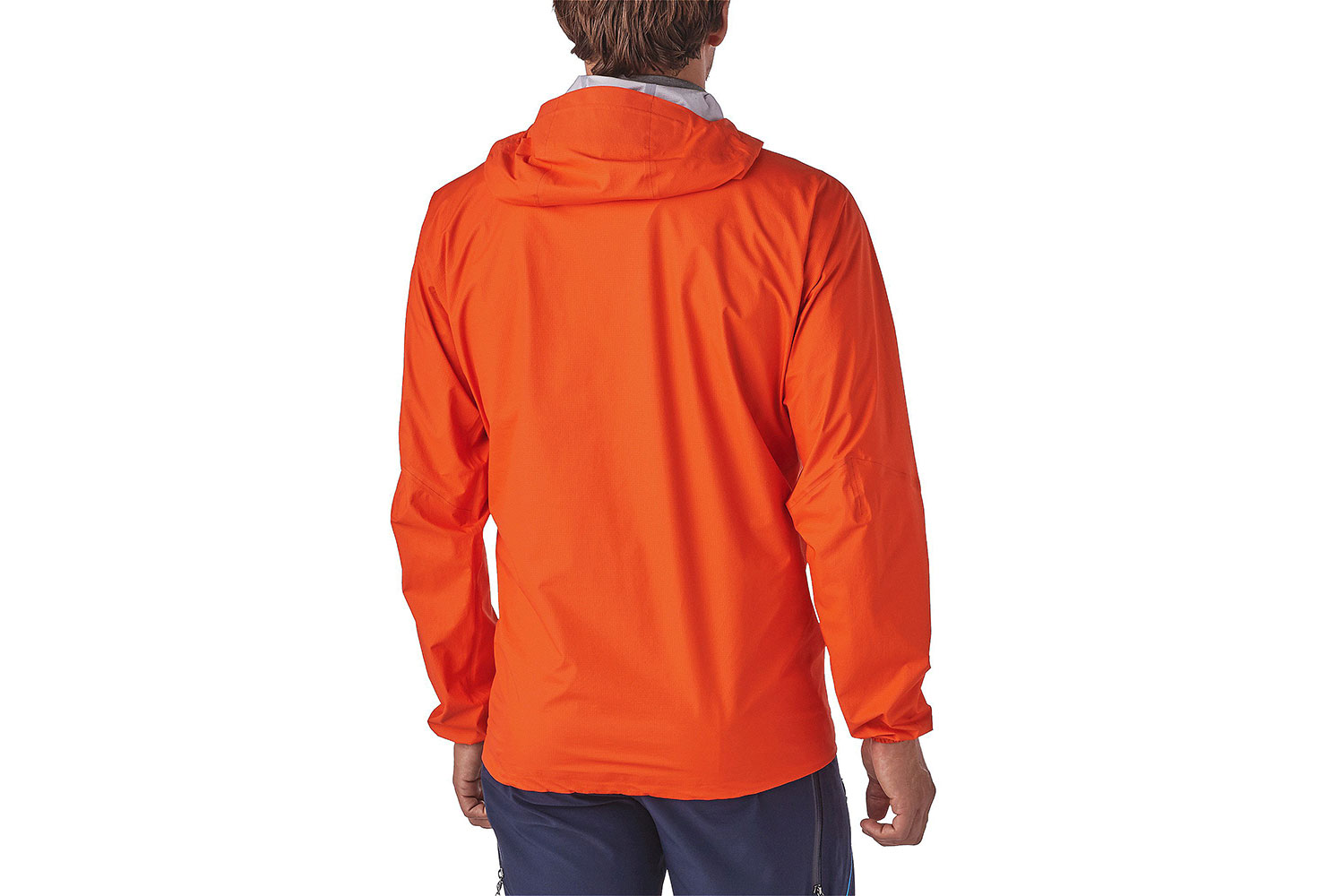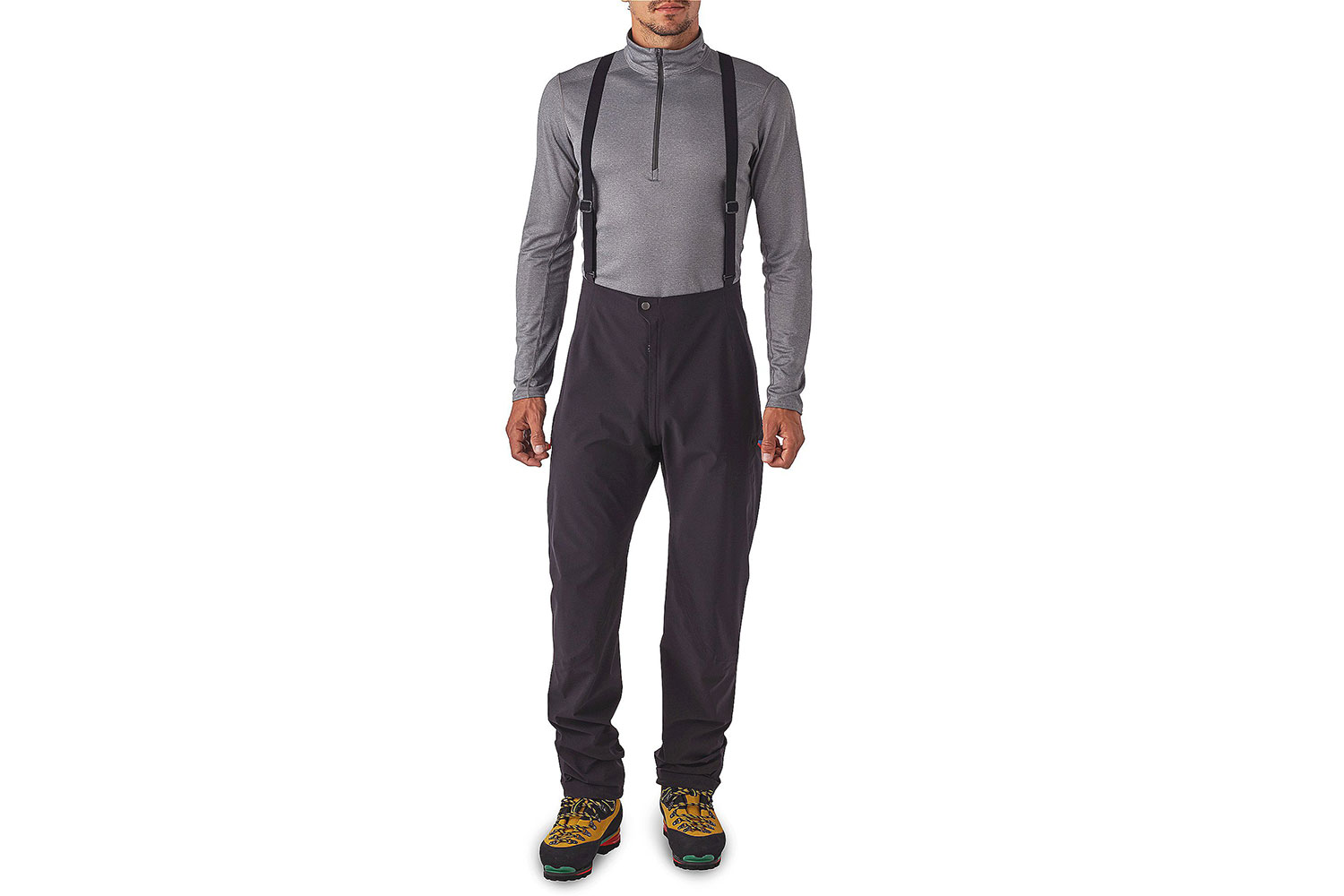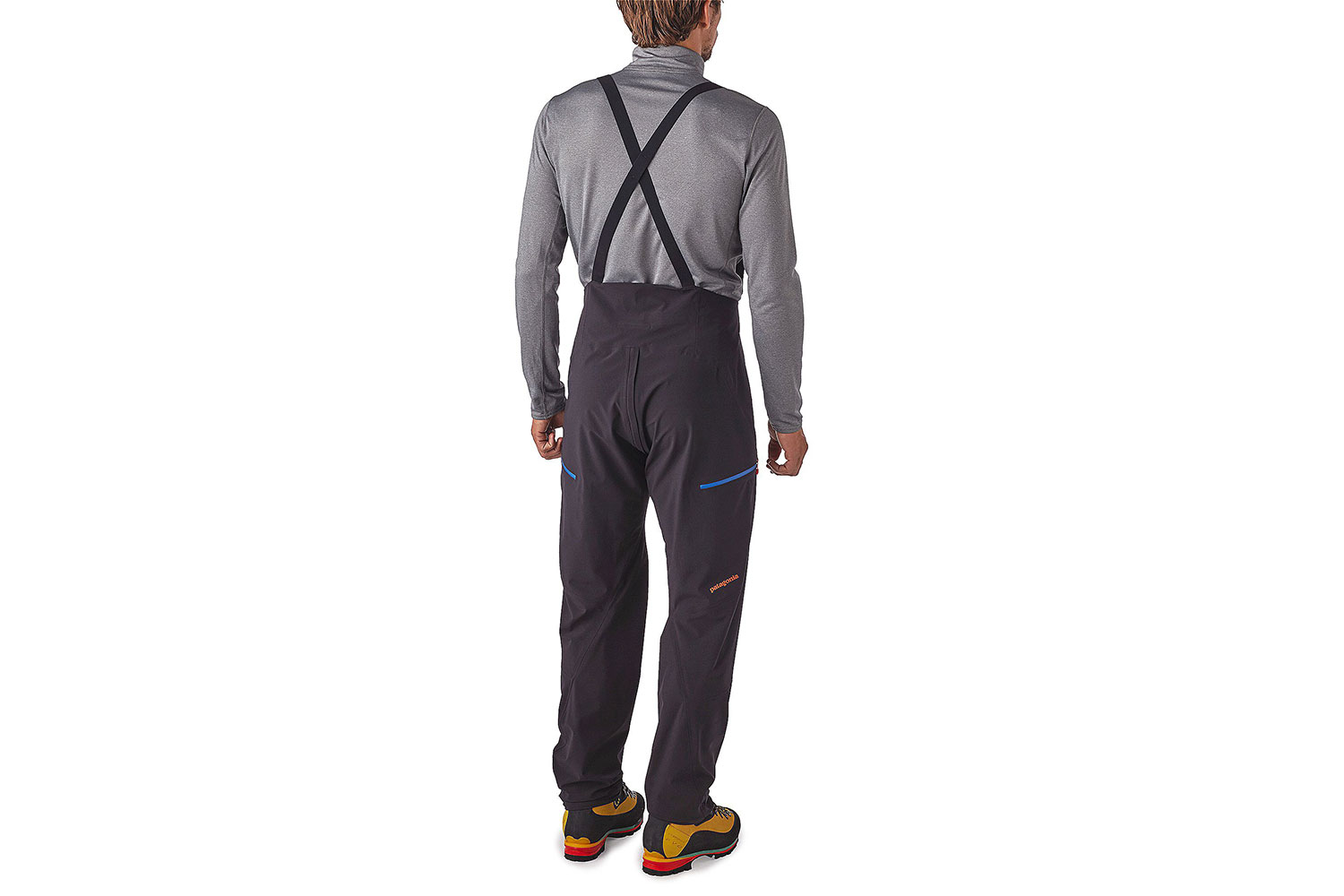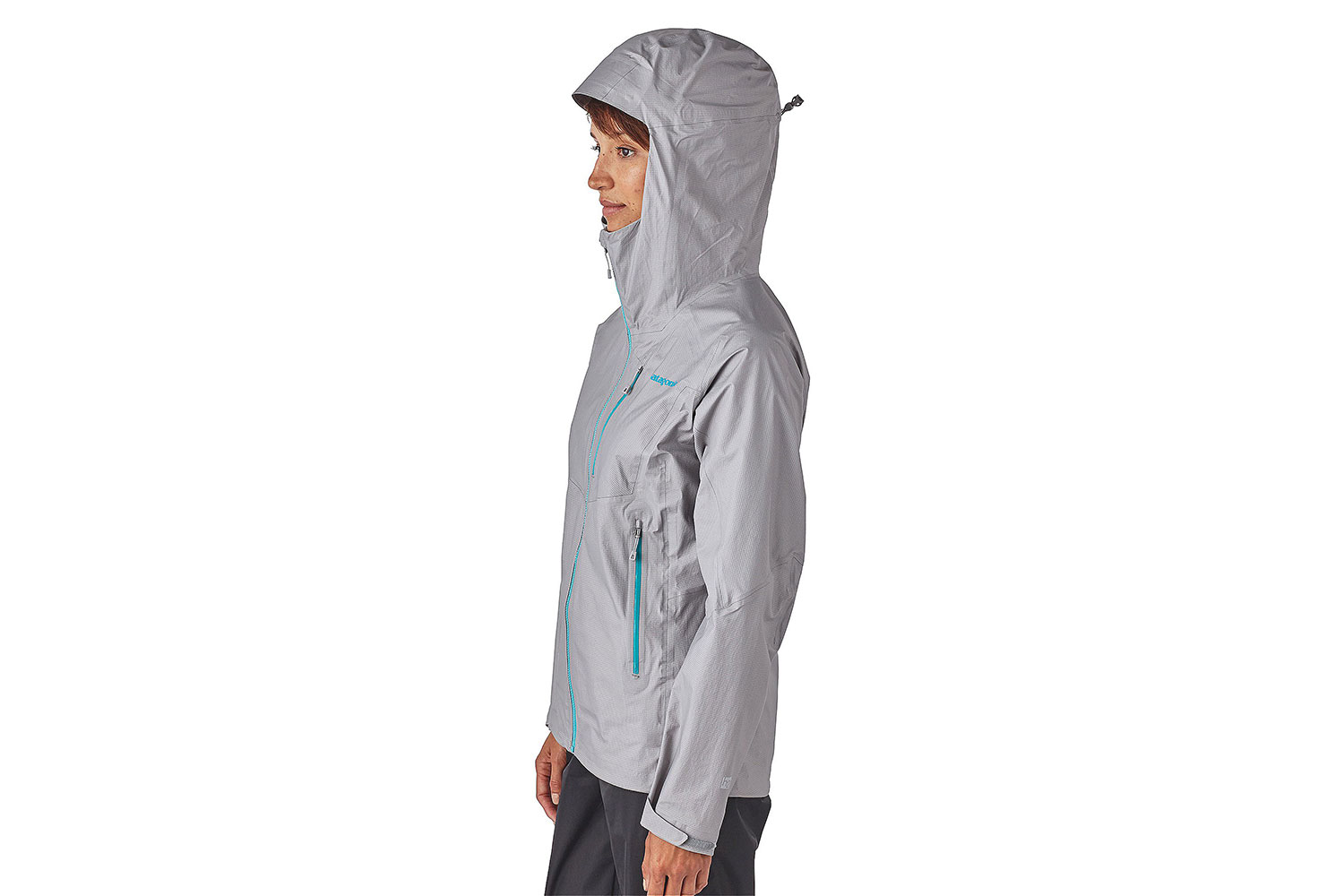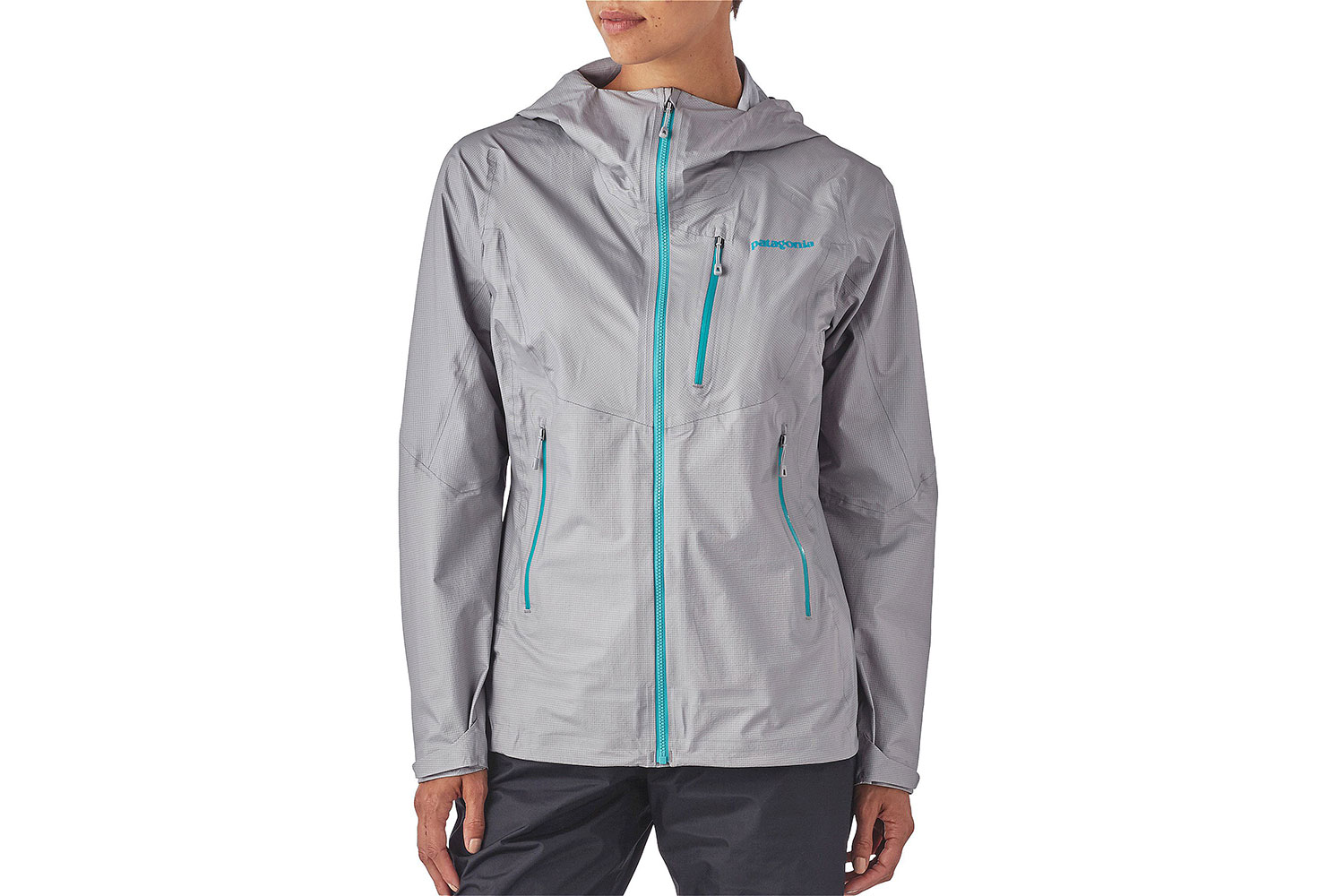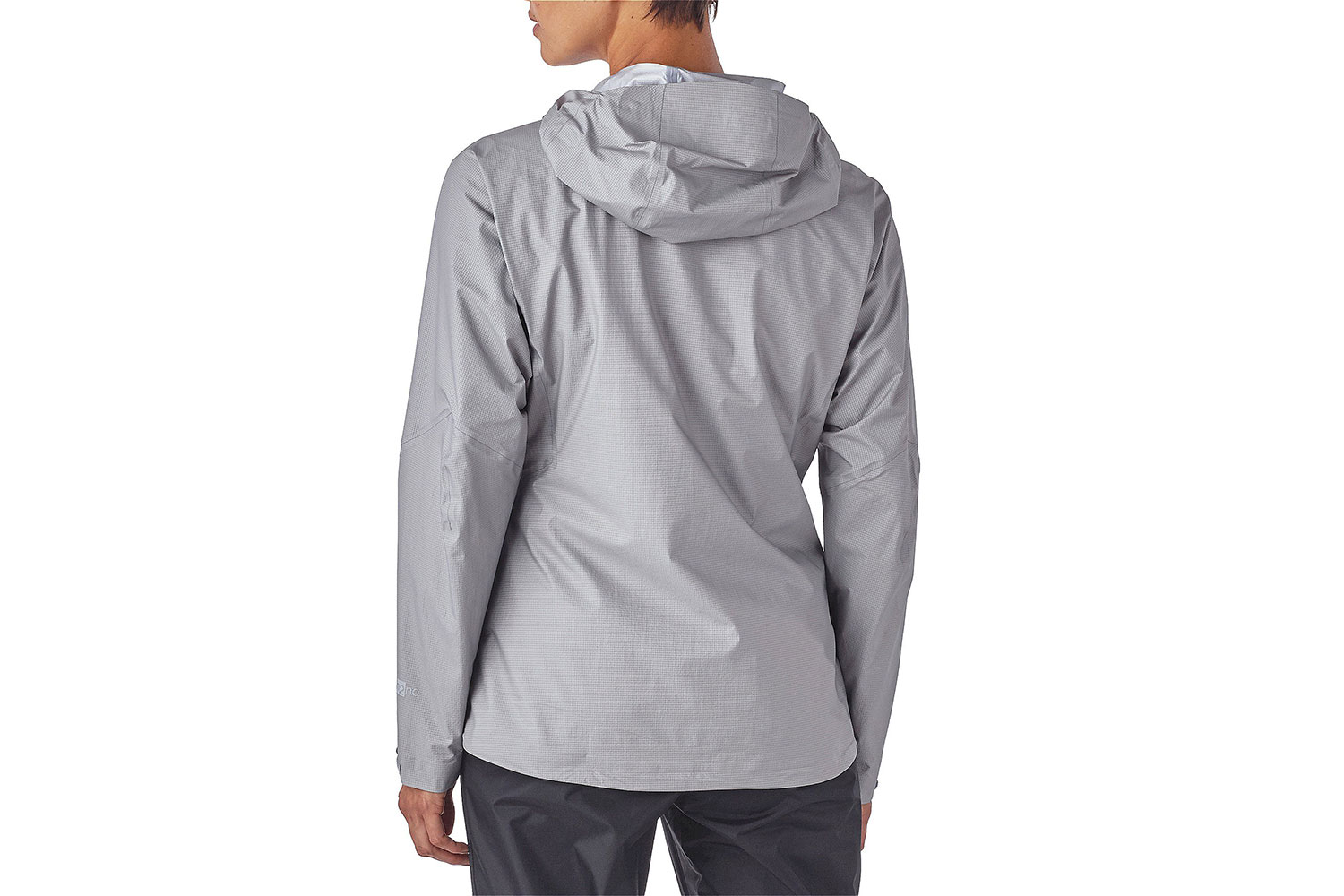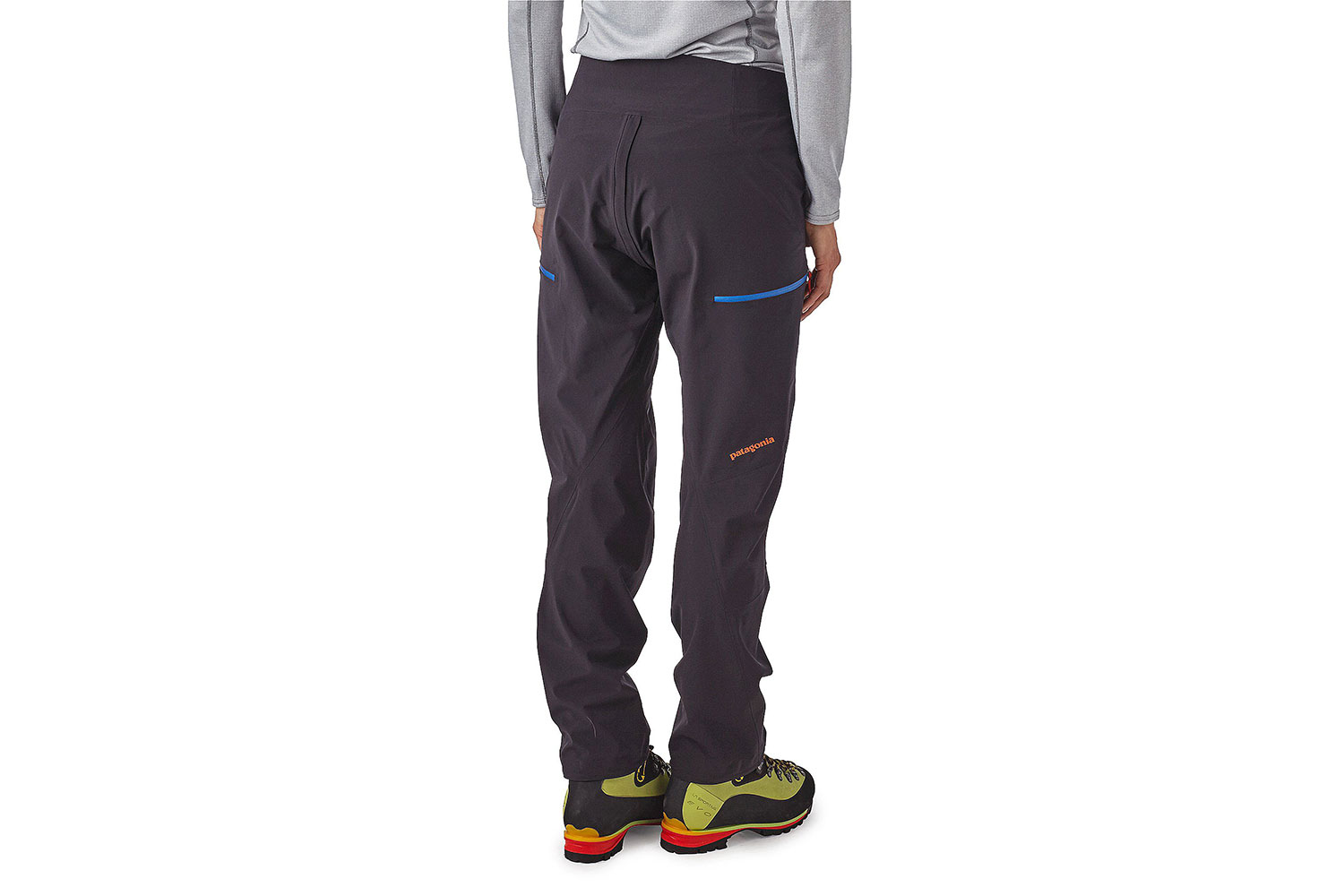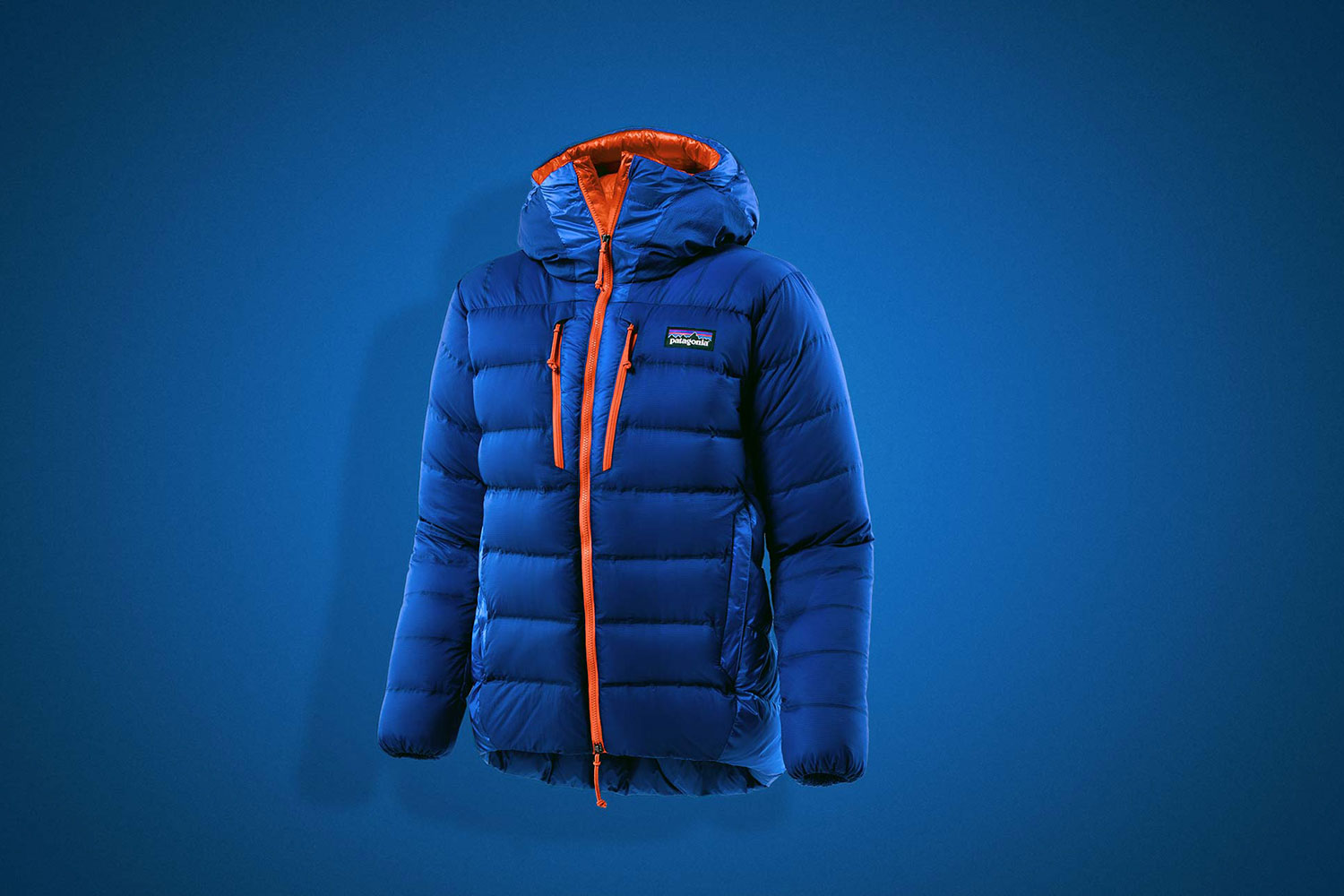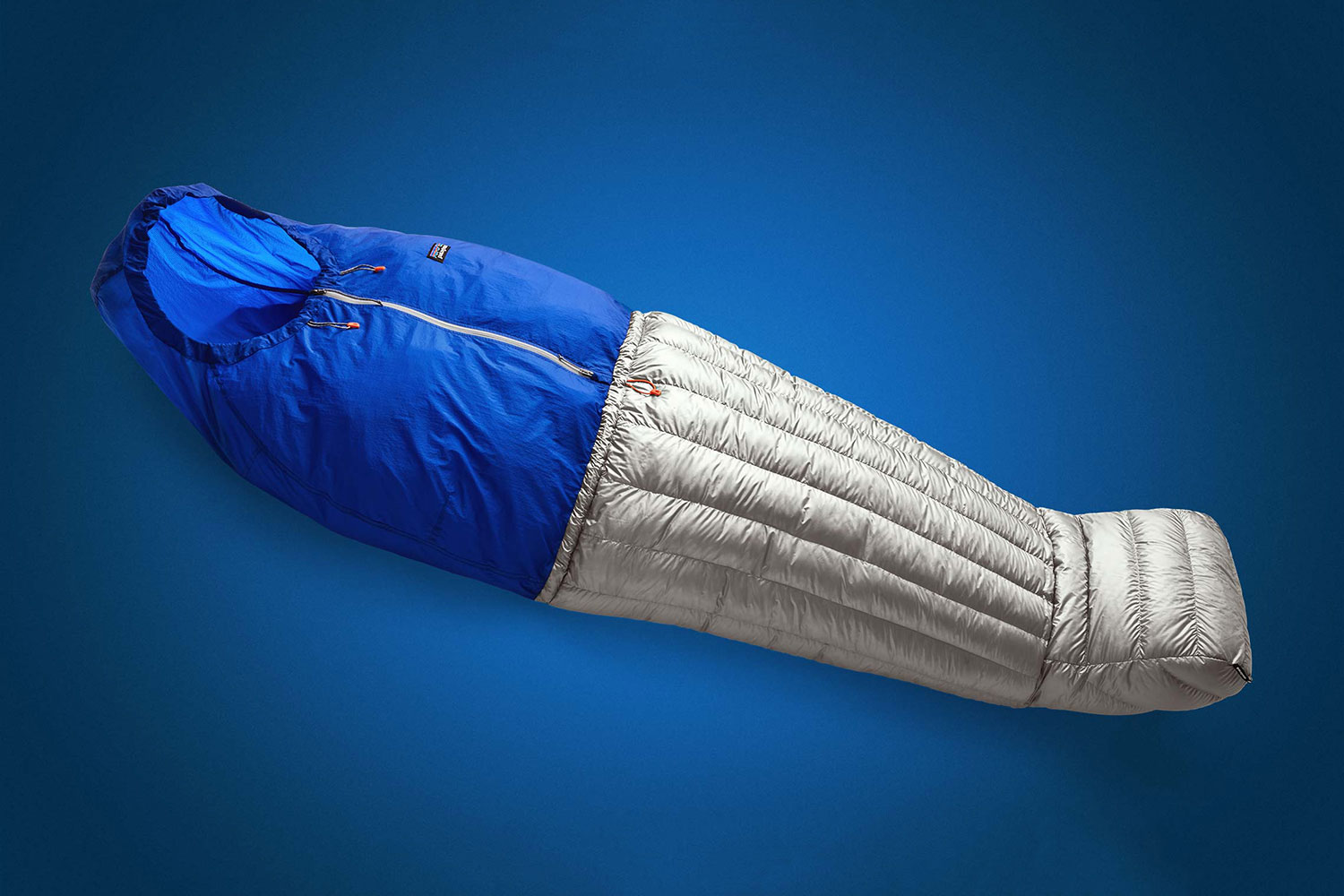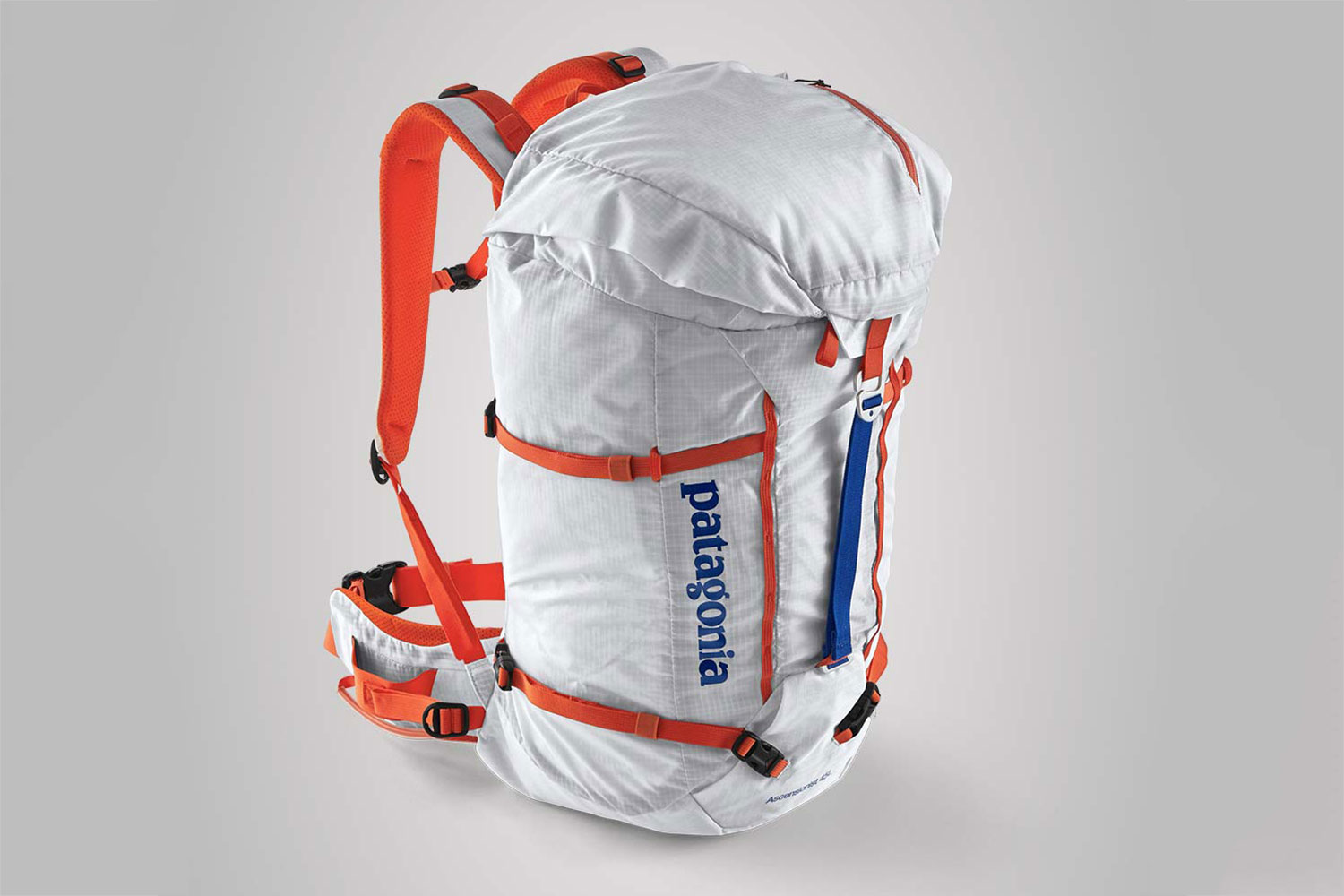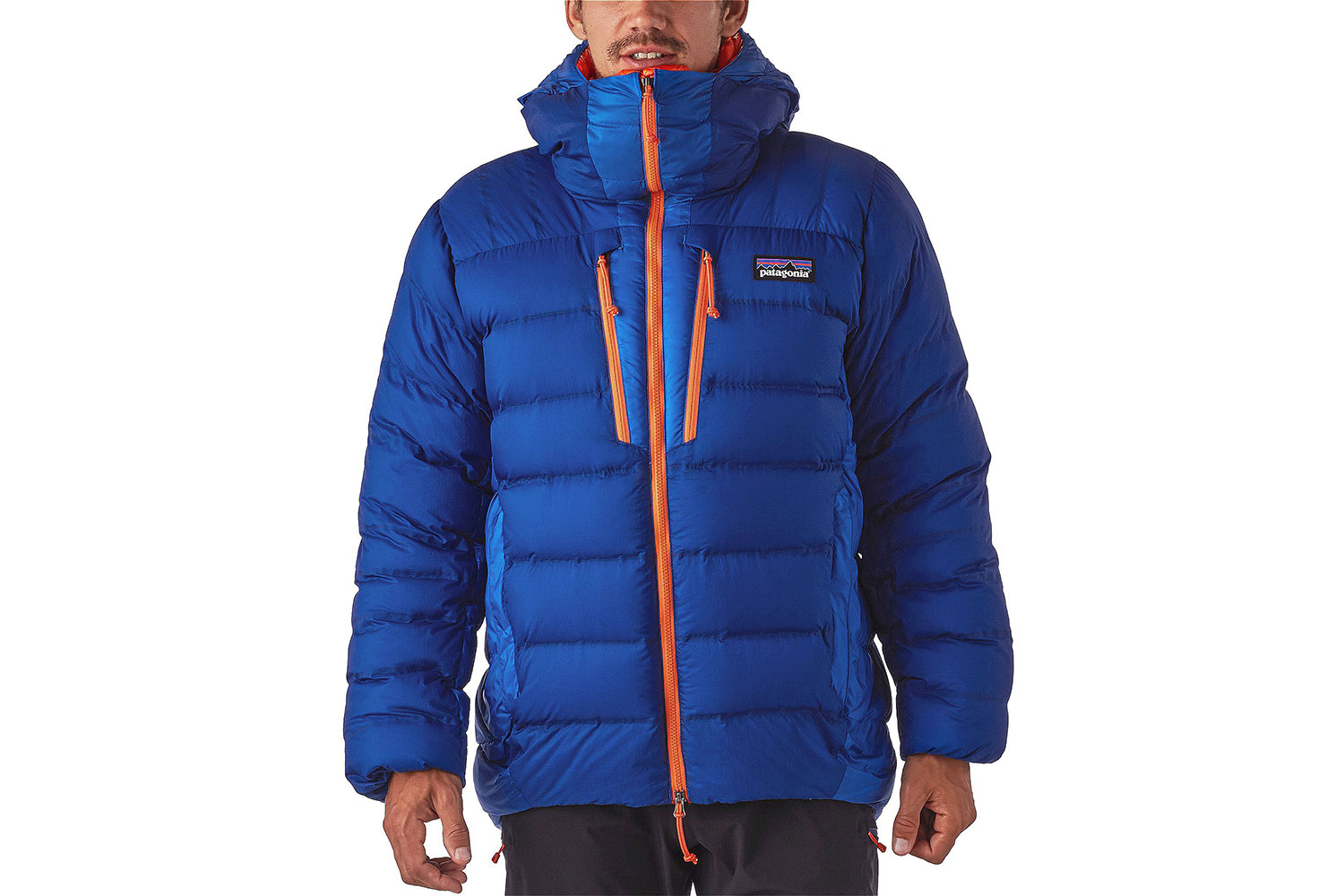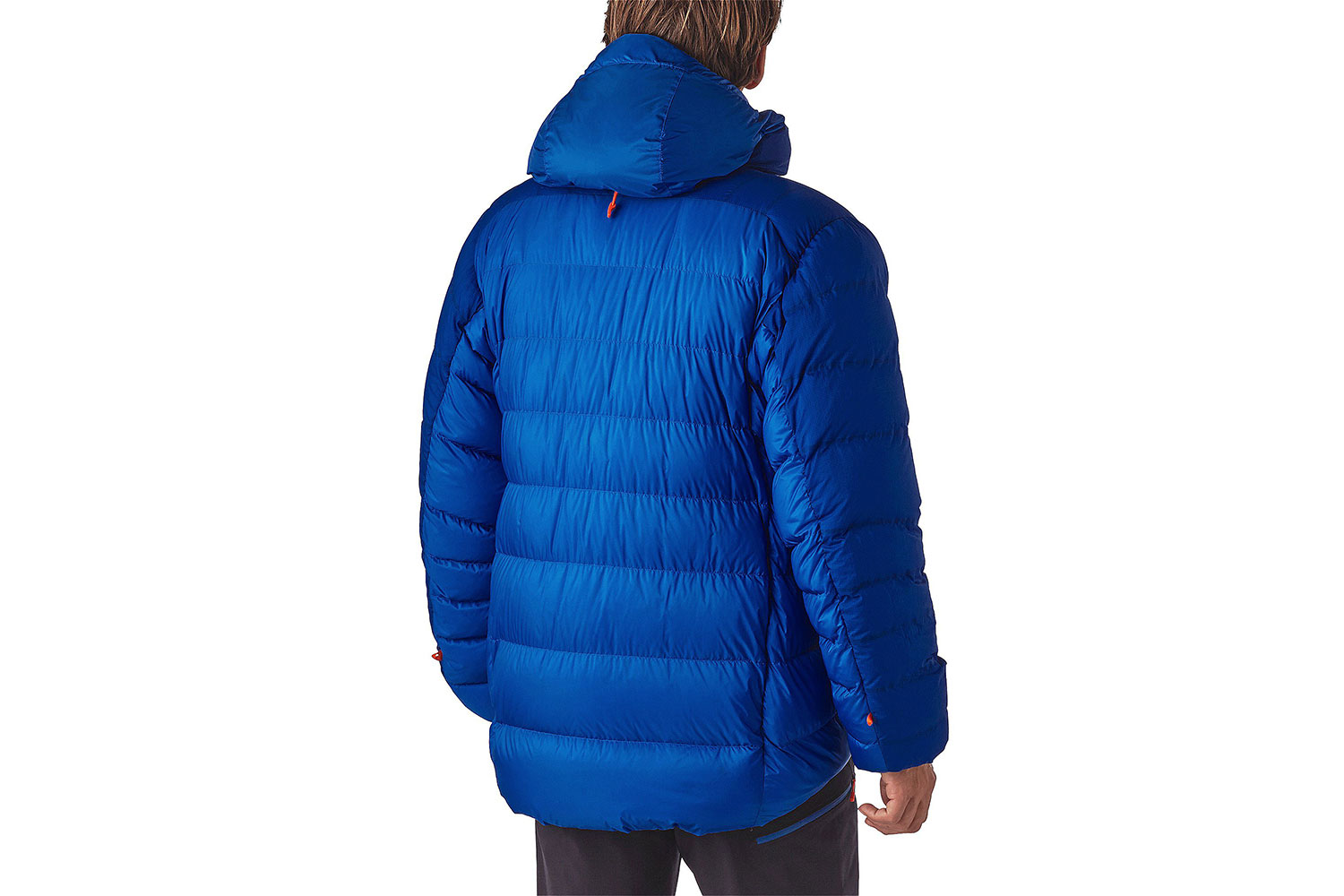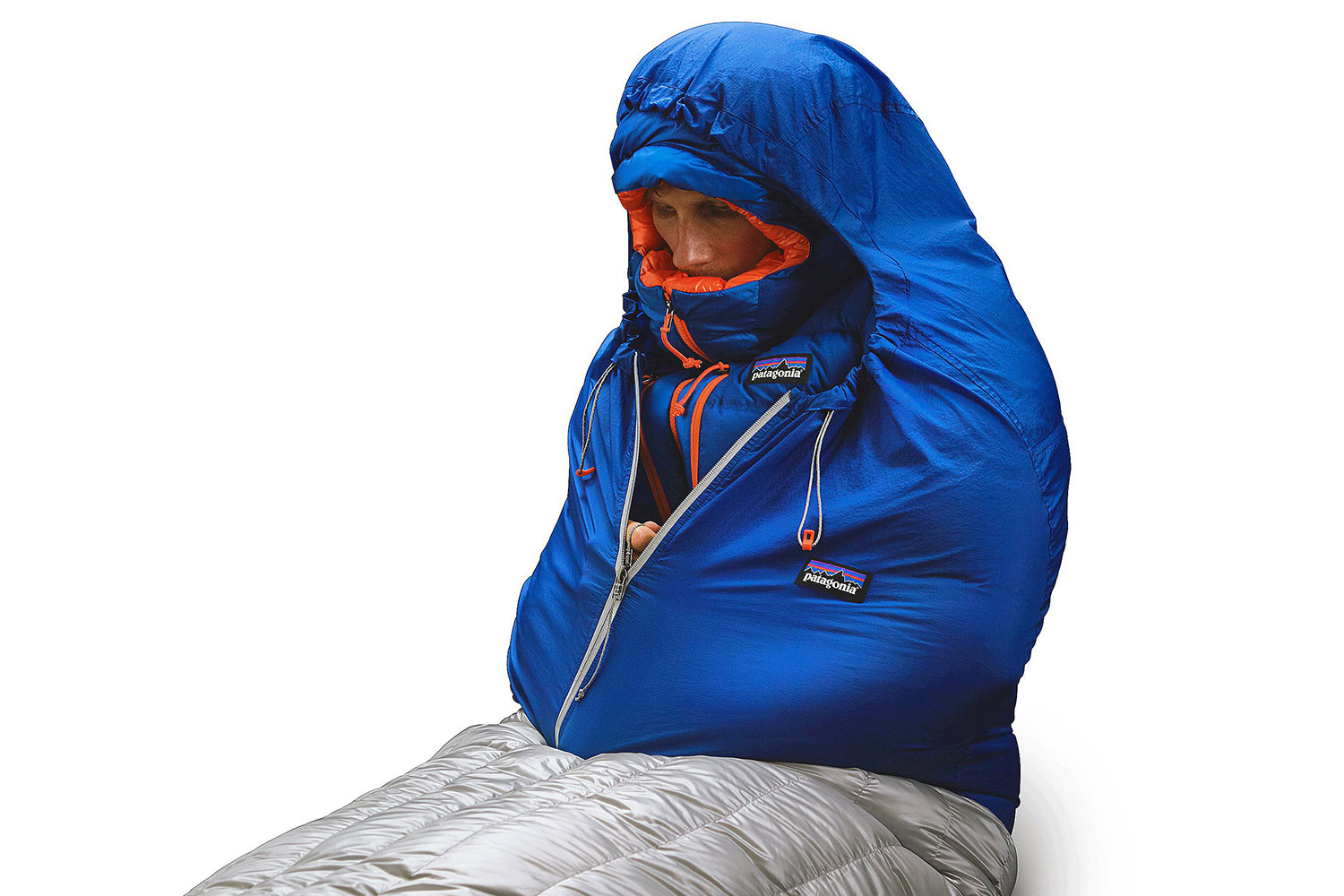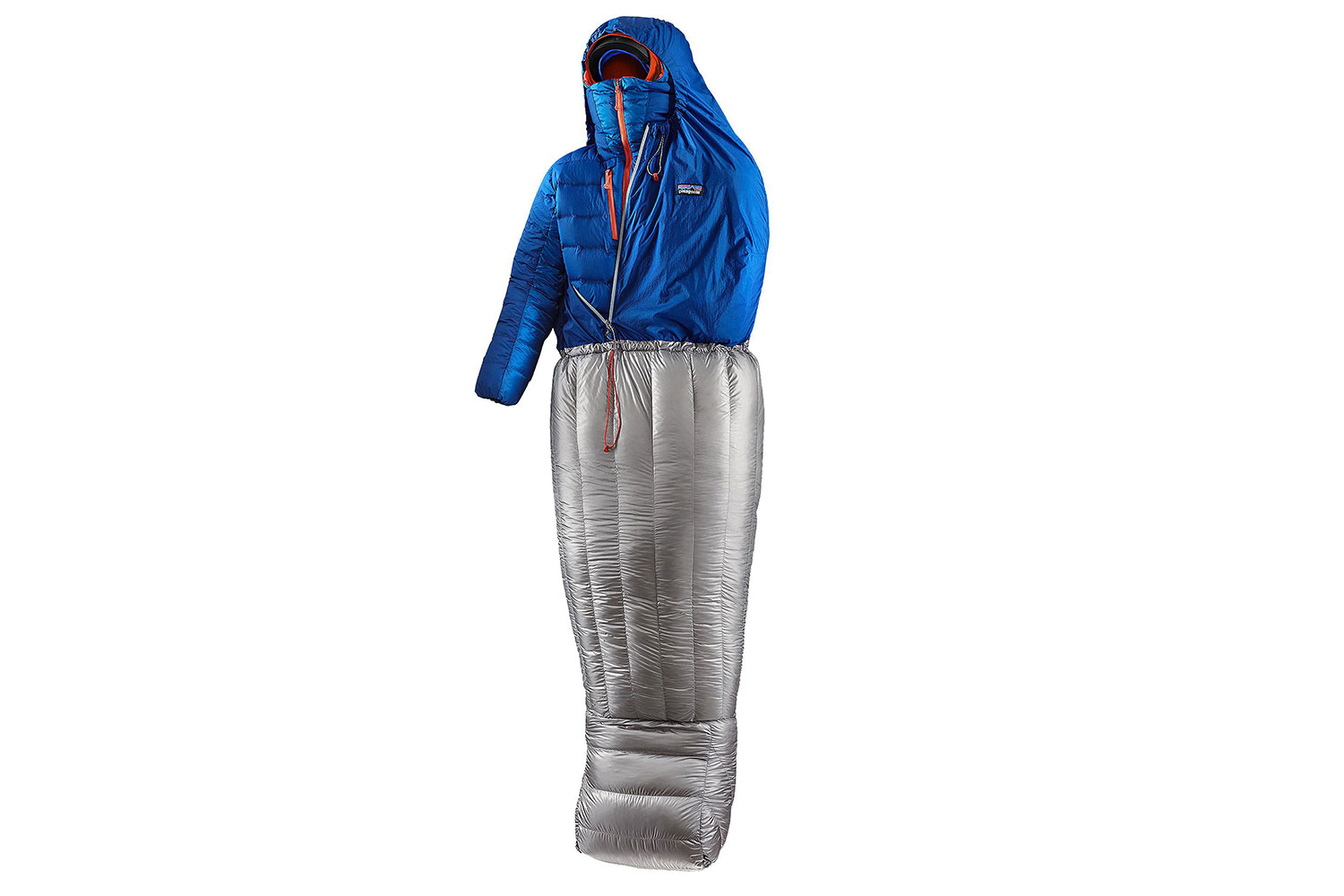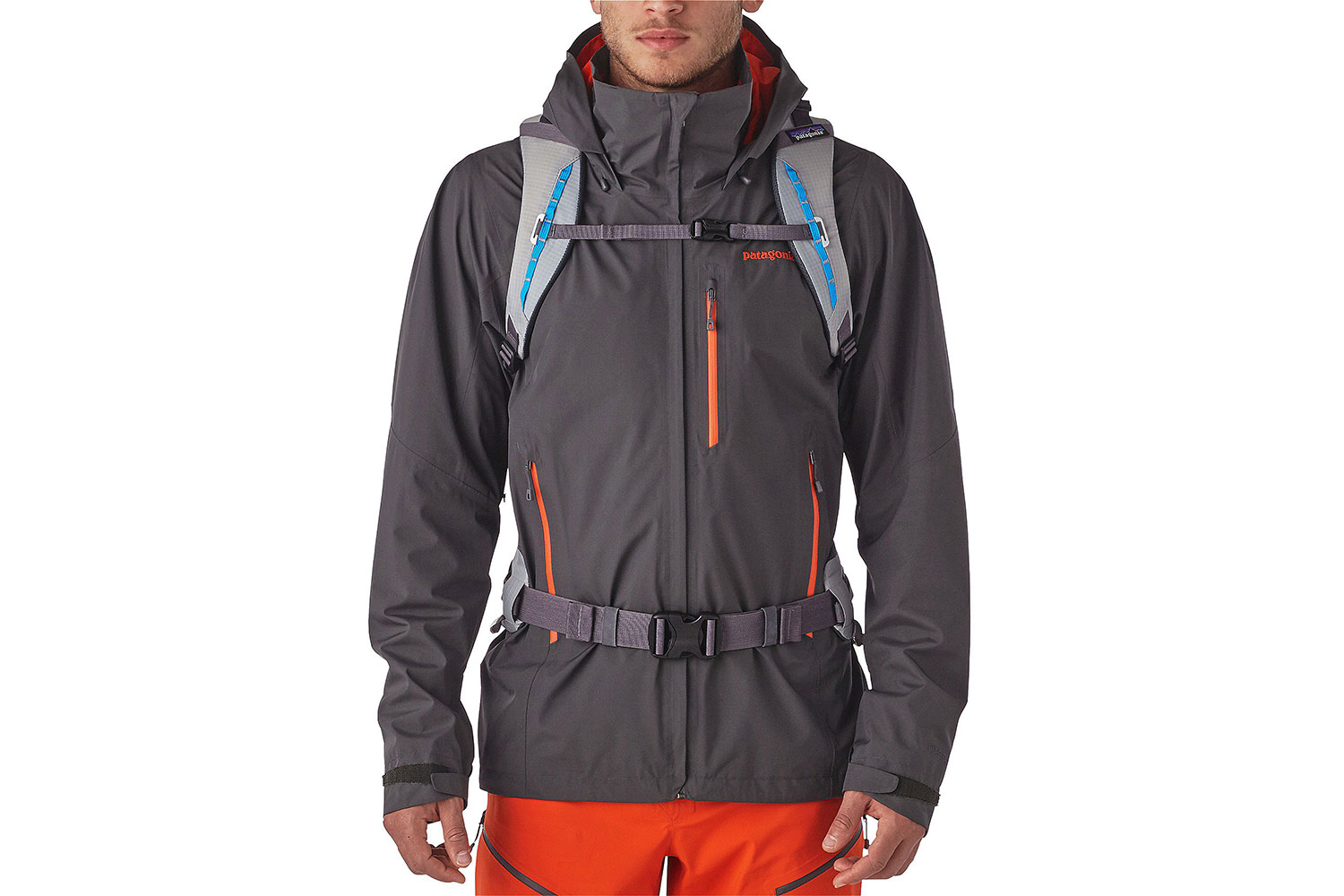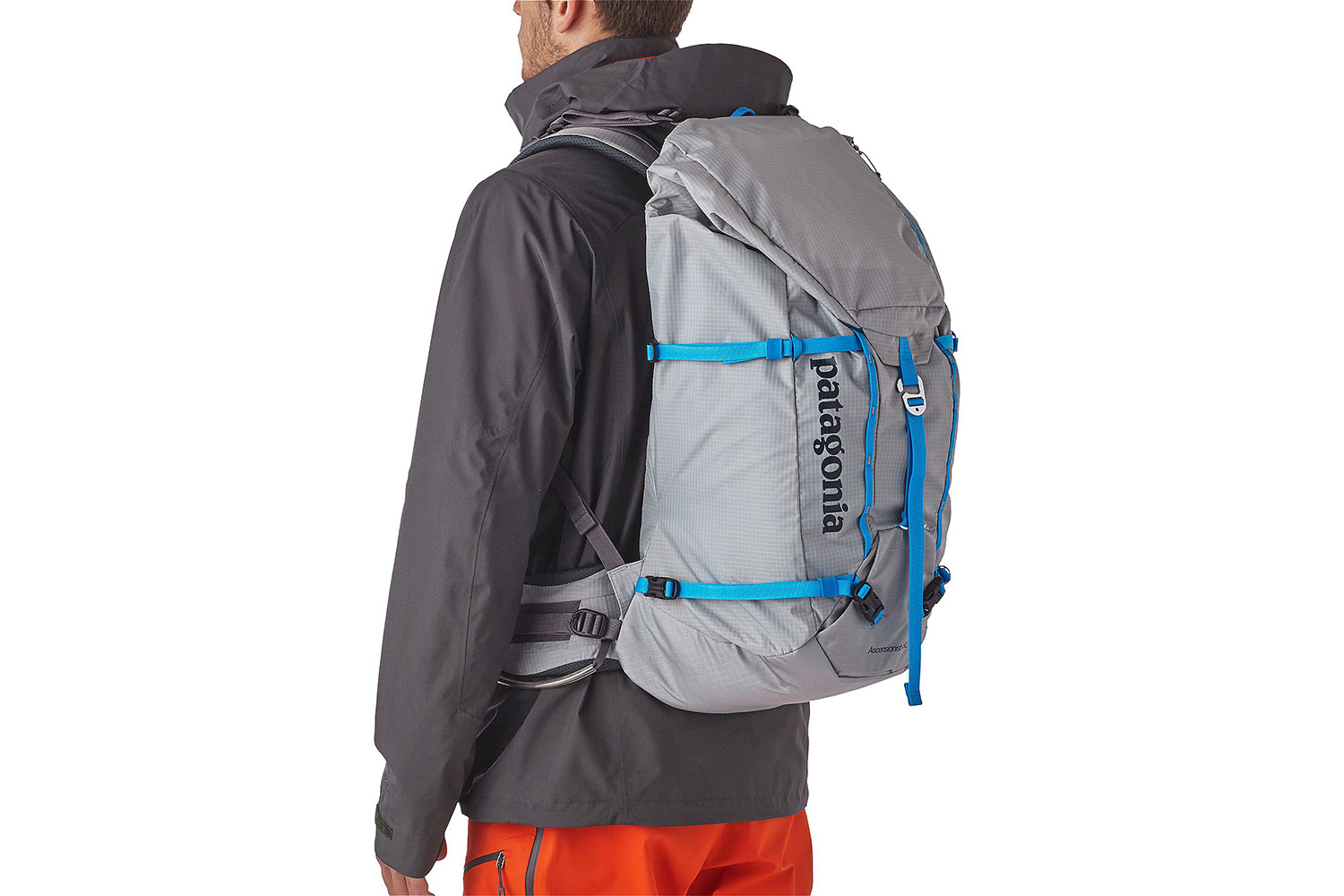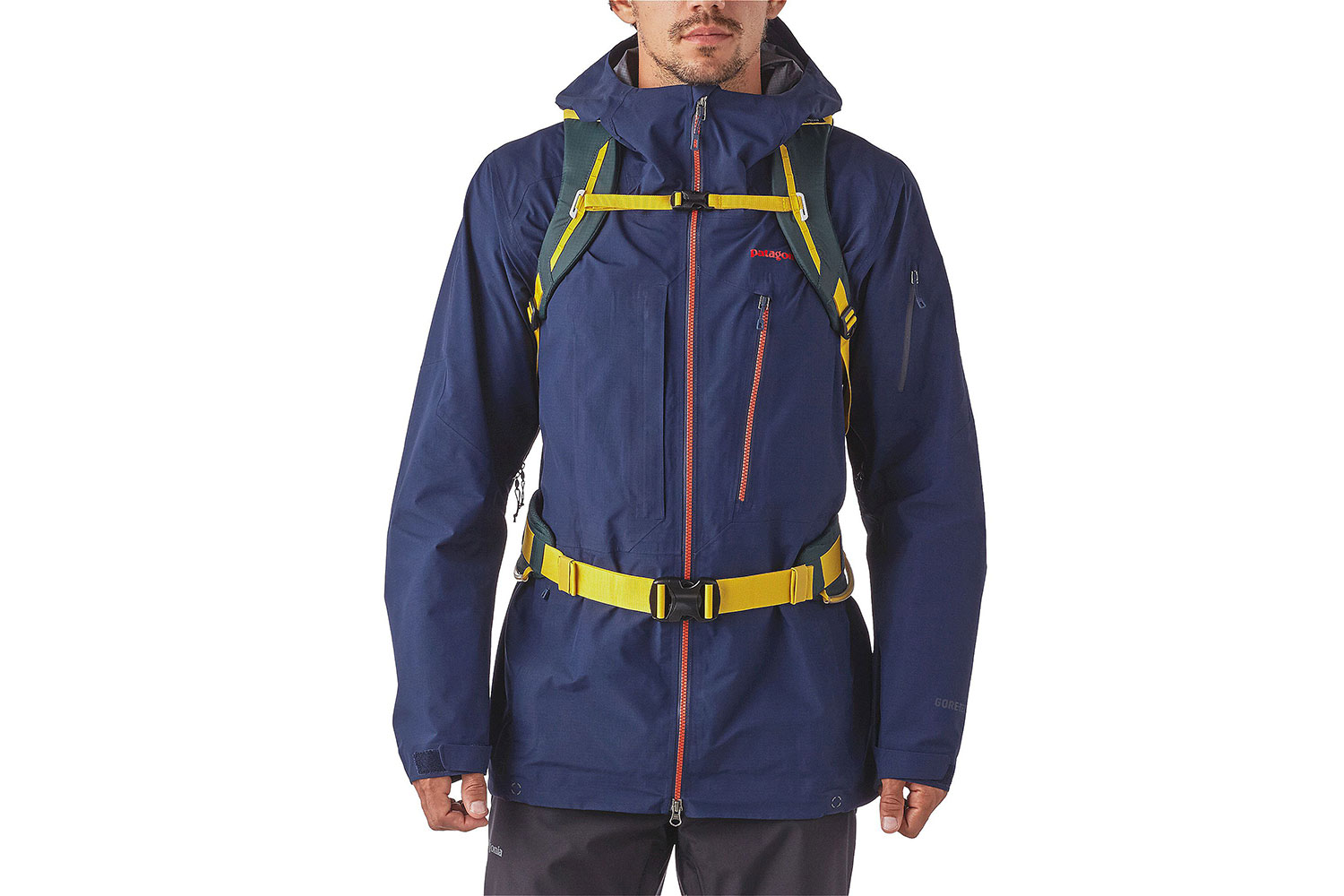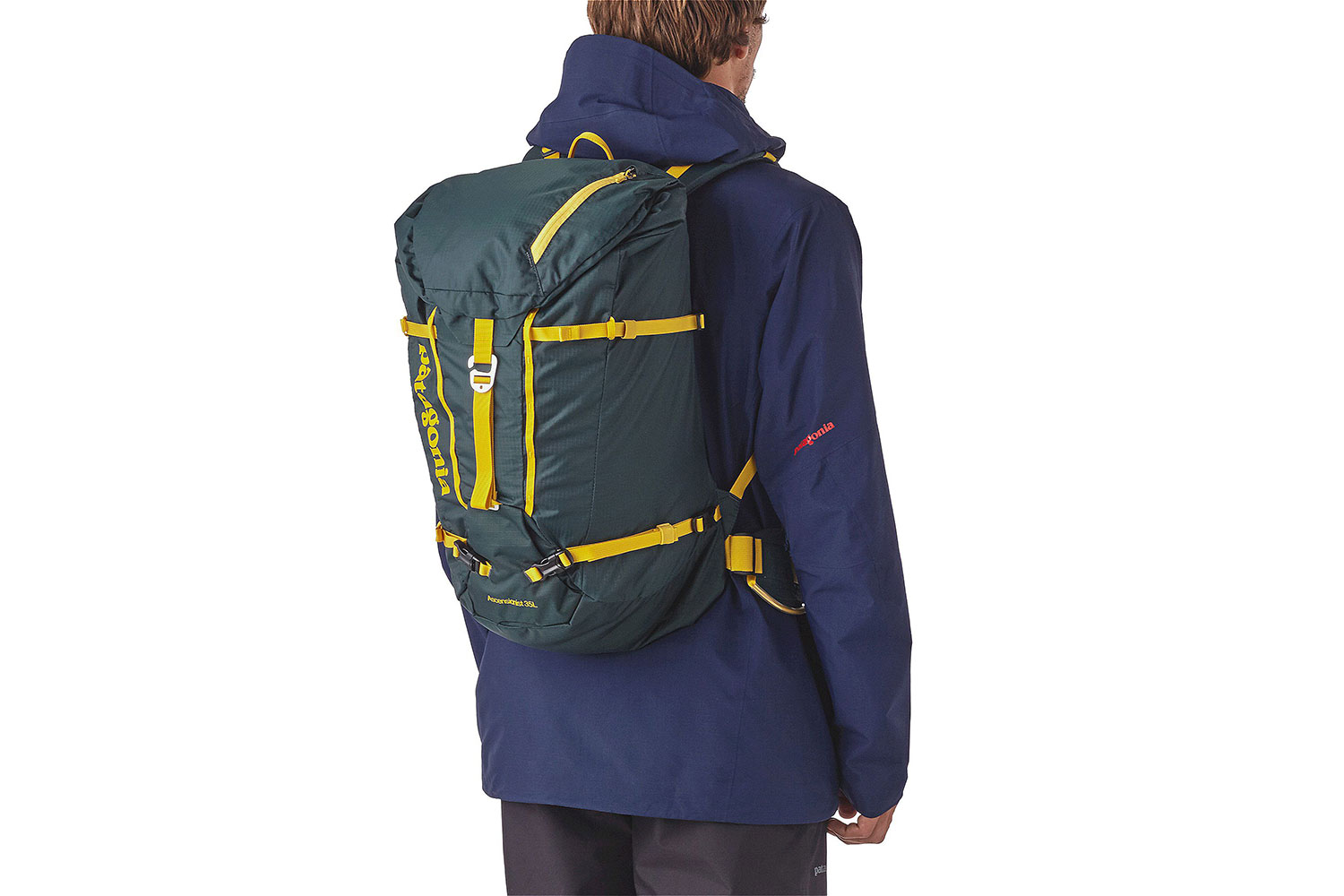Contrary to popular belief, staying warm outside during the winter isn’t about piling on more and more clothing. Quite the contrary in fact. Ask any outdoor enthusiast and they’ll tell you that a good layering system made up of the appropriate gear can be incredibly warm, as well as surprisingly thin and light. The key is to find the proper garments that work in conjunction with one another, providing warmth, moisture control, and protection from the elements all at the same time. When pieced together properly, this type of system can keep you surprisingly comfortable – and mobile – even when the mercury dips well below freezing.
That is the premise behind Patagonia’s new High Alpine Kit, a collection of outdoor gear that has been built from the ground up to work together in the most efficient way possible. The entire line, which includes everything from baselayers and down jackets to backpacks and sleeping bags, has been designed, developed, and manufactured to keep us warm in high alpine environments, and to allow us to venture out – and up – to places that were formerly unreachable during the winter months.
Baselayer
As with any good layering system, the High Alpine Kit begins with baselayers. The baselayer is made up of articles of clothing that sits closest to the skin, and are charged with wicking away moisture and keeping the body dry. In cold temperatures, excess moisture can be potentially life threatening, so it is important that these garments are breathable and fast-drying. To handle these duties, Patagonia created the Merino Air Hoody ($149) and the Merino Air Bottoms ($129), both of which are made primarily of merino wool, which has natural properties that make it an excellent option for use in active apparel.
Crosslayer insulation
Next comes the insulating layer, which is intended to provide extra warmth by trapping warm air close to the body. In the case of the High Alpine Kit, those duties are assigned to the Nano-Air Light Hoody ($249) and the Nano-Air Light Pants ($149). Made up of Patagonia’s proprietary Nano-Air fabrics, these garments manage to be extremely thin and lightweight without sacrificing performance. Both the hoody and the pants are made of stretchy materials that allow them to fit nicely over the baselayers, while working in conjunction with one another to wick away moisture and regulate temperature.
Protective outerlayer
The final layer is the outer shell, which is meant to provide protection from the elements. In this case, that protection comes in the form of Patagonia’s M10 Anorak ($379), M10 Jacket ($399) and Galvanized Pants ($299), all of which are lightweight, yet completely wind and waterproof. These garments have been cut to rest on top of the insulating layers, preventing both rain and wind from passing through, which in turn helps to keep the person underneath all of these various layers warmer and dryer as a result.
Belay/Bivy kit
Patagonia has developed a few other pieces that add even more versatility to the mix. Those items include the Grade VII Down Parka ($899), the Hybrid Sleeping Bag ($299) (which we took a closer look at recently), and the Ascensionist Pack (35L: $149/45L: $179). These products have been built to complement the High Alpine Kit, rounding out its capabilities and allowing climbers to travel more comfortably in cold conditions without having to bring a lot of excess gear along with them. In theory, the kit has everything an outdoor adventurer could need — at least apparel wise — with the pack used to carry their equipment and the sleeping bag meant to keep them warm when they make camp for the night.
Since Patagonia controls every aspect of the production of the High Alpine Kit, the level of integration and efficiency that exists between its various parts is a bit unprecedented. Even the specific fabrics used to create the various pieces were selected because they work well with one another, allowing moisture to escape while preventing cold air from getting in. That integration has even gone so far as to have zippers placed strategically in both the Nano-Air pant and Galvanized pant so that they line up properly with one another.
All of this thoughtful design allows the entire Kit to perform on a higher level than most of the competition, but it does come at a steep cost. Just buying the individual layering pieces alone will set you back $1,374. Add in the down parka, sleeping bag, and the pack, and that cost skyrockets to a staggering $2,751.
That’s obviously far too much cash for the average outdoor enthusiast to spend, but for the alpinist who is serous about his or her craft, that may be money well spent. After all, they do receive an incredibly lightweight and high-performance layering system built specifically for use in the mountains. That system could play an important role in helping them achieve their climbing goals, while staying warm and comfortable in environments that can be brutal and unforgiving at times.
